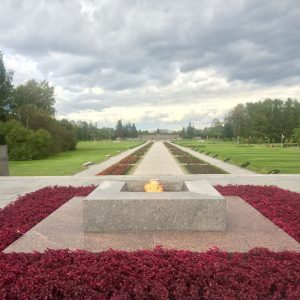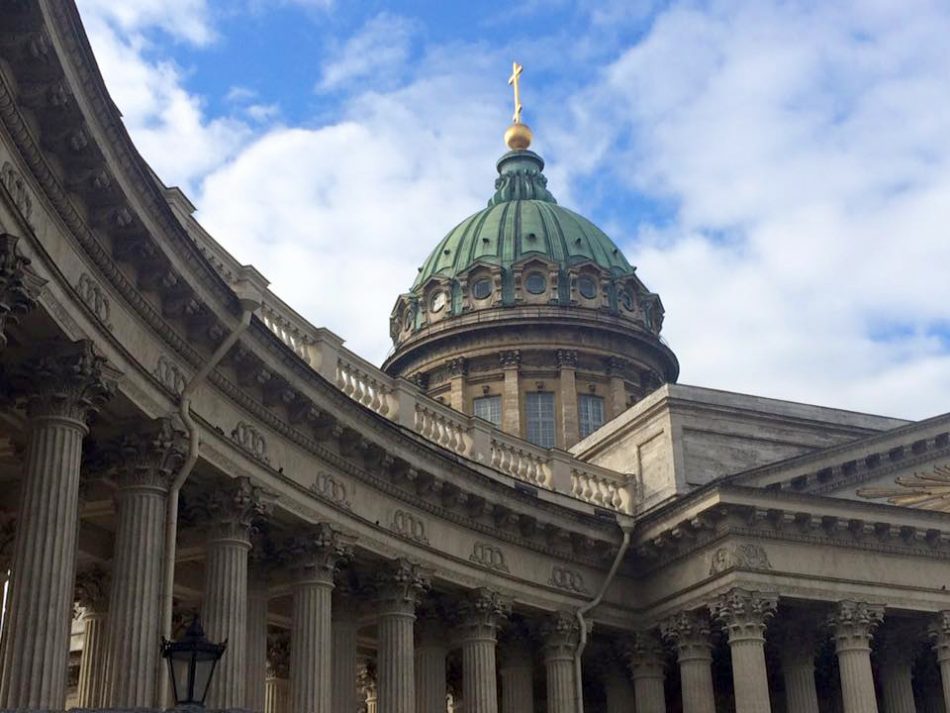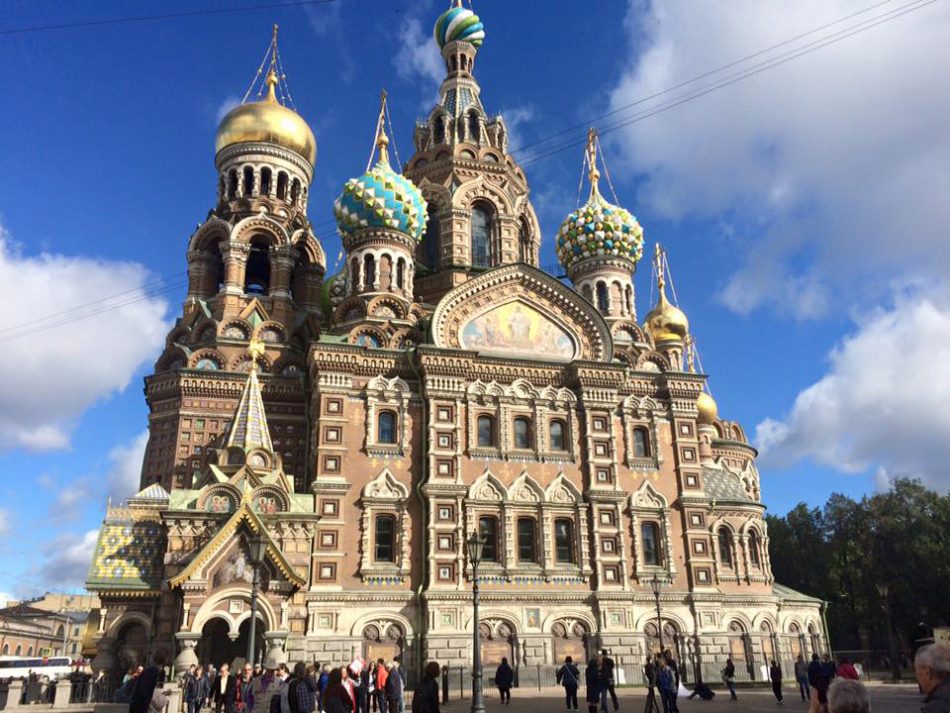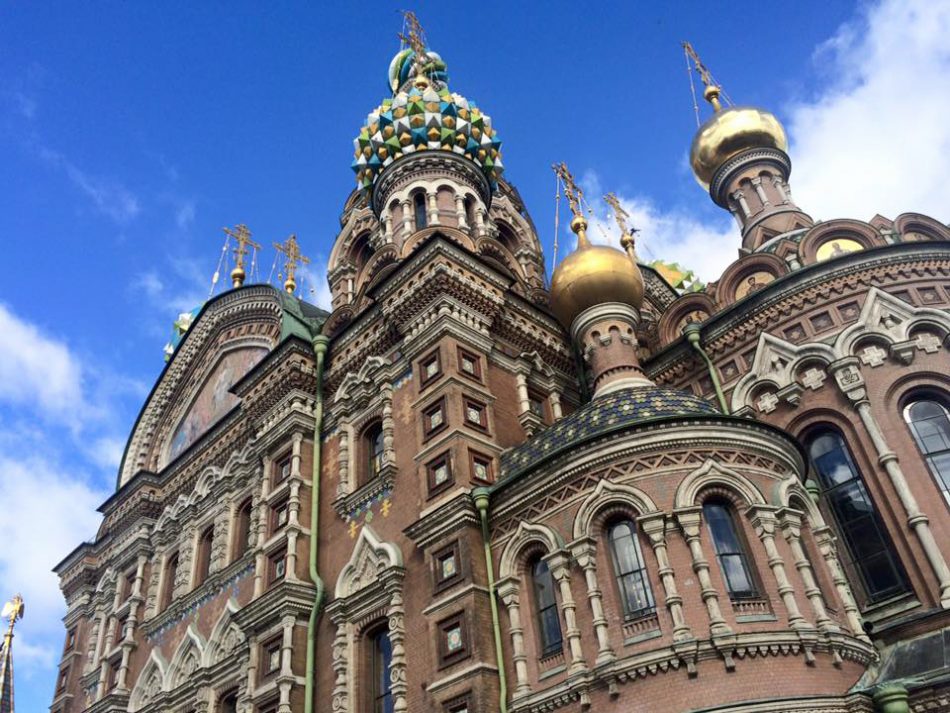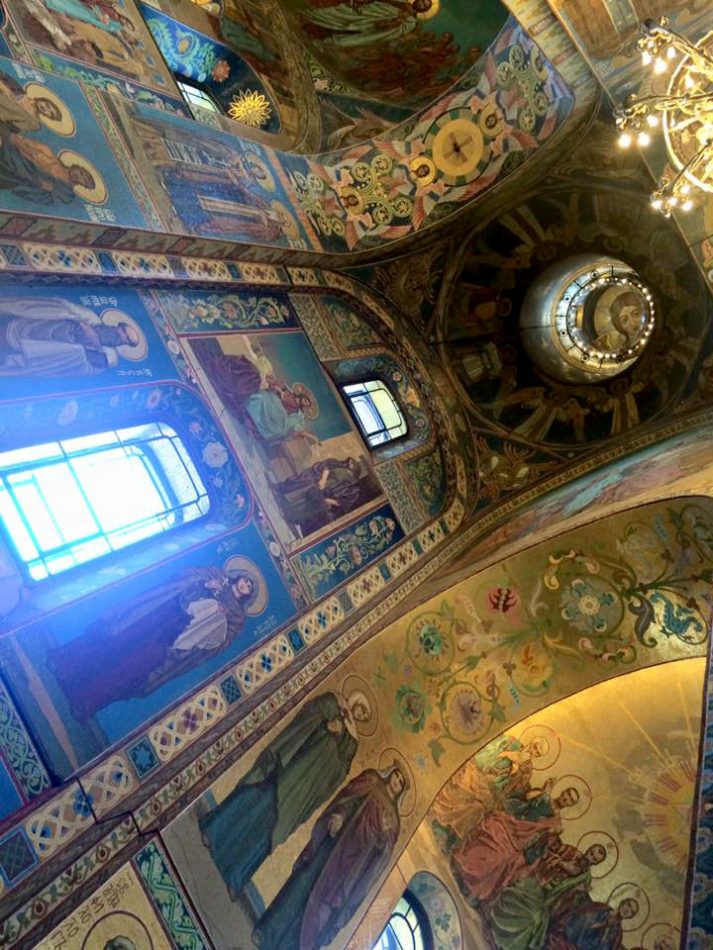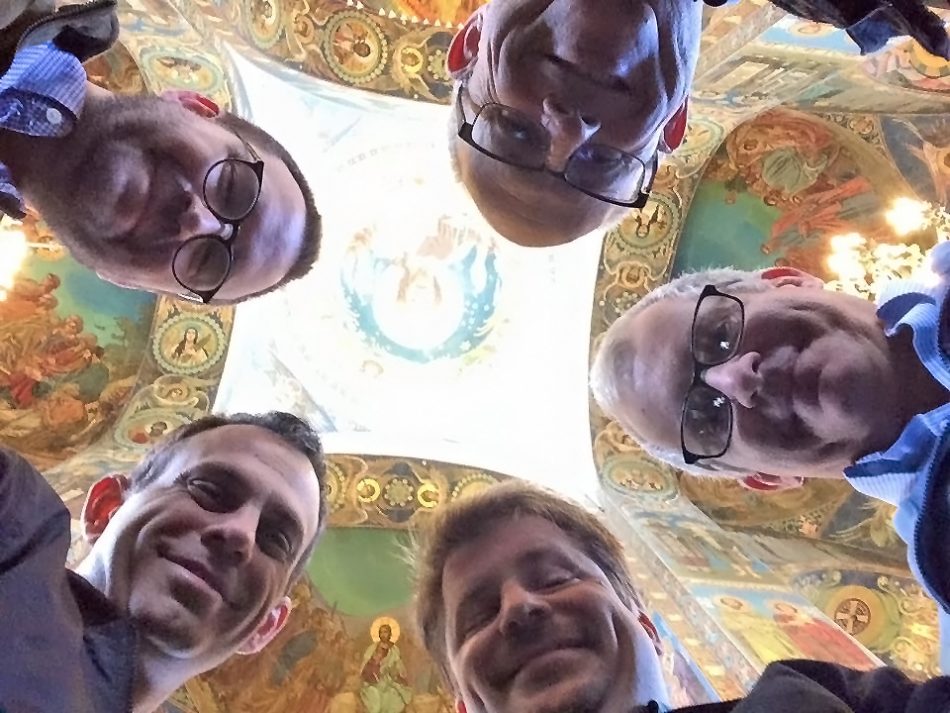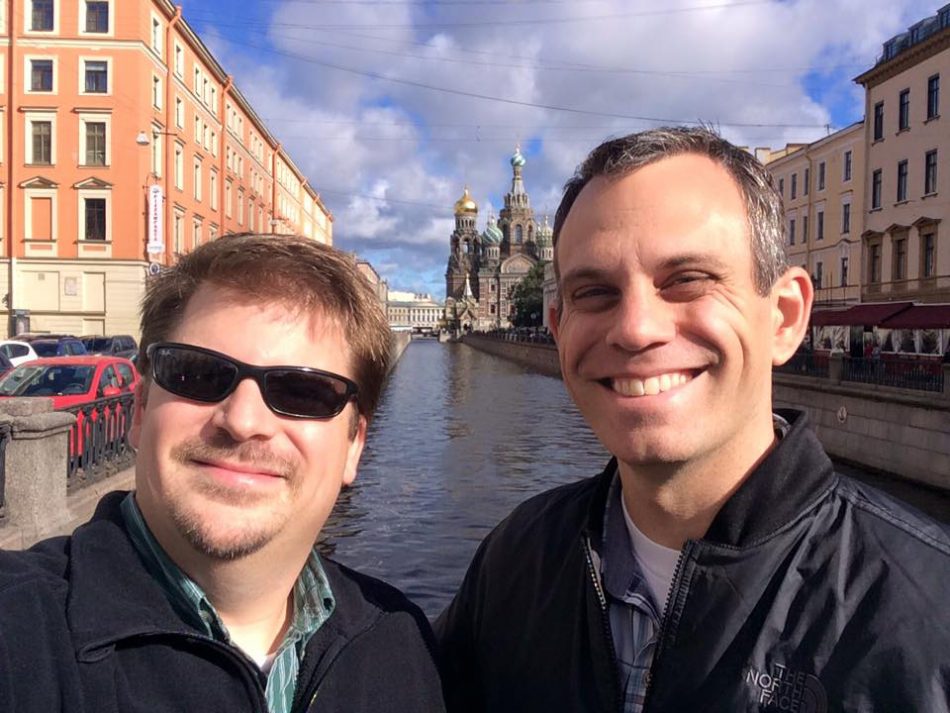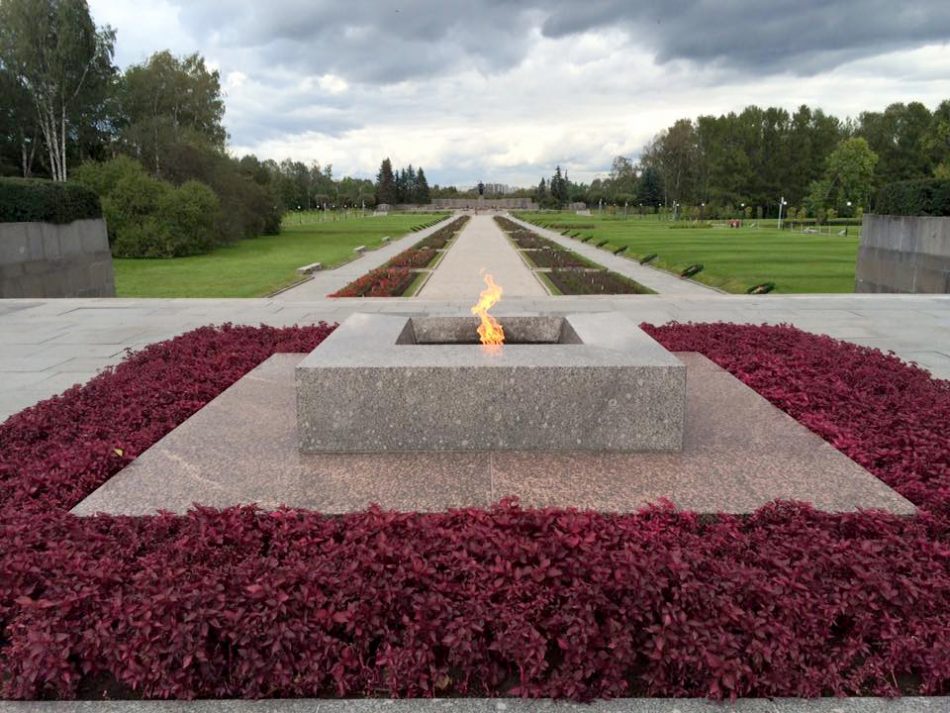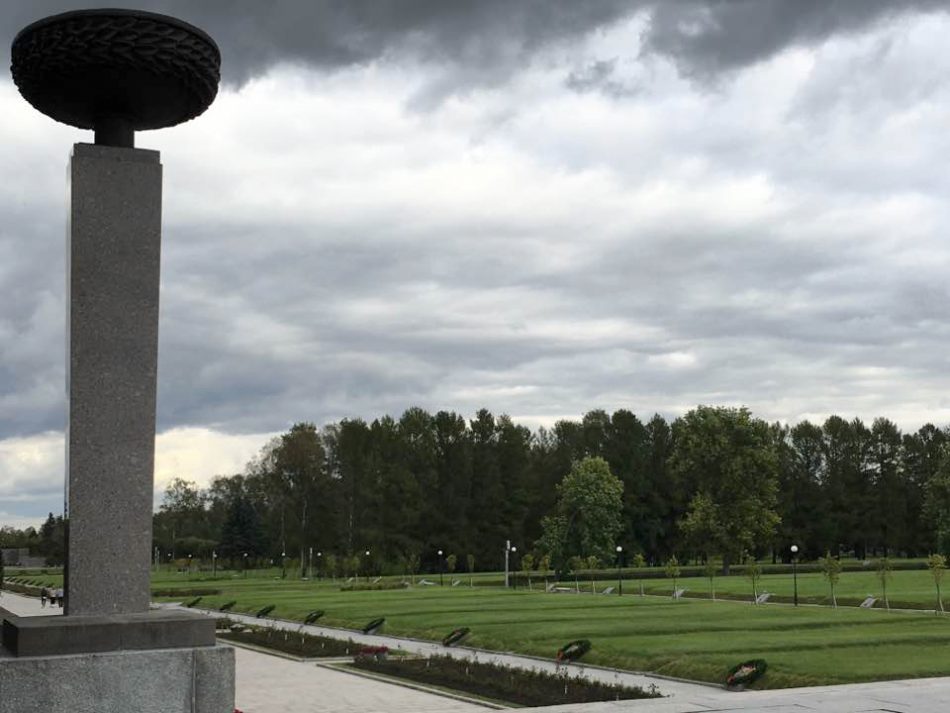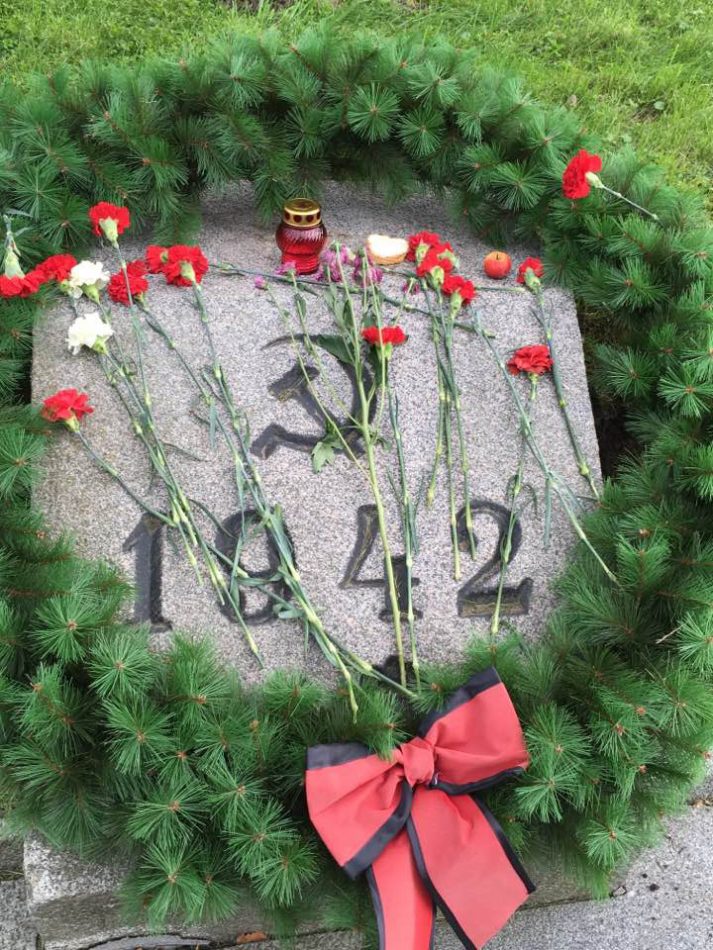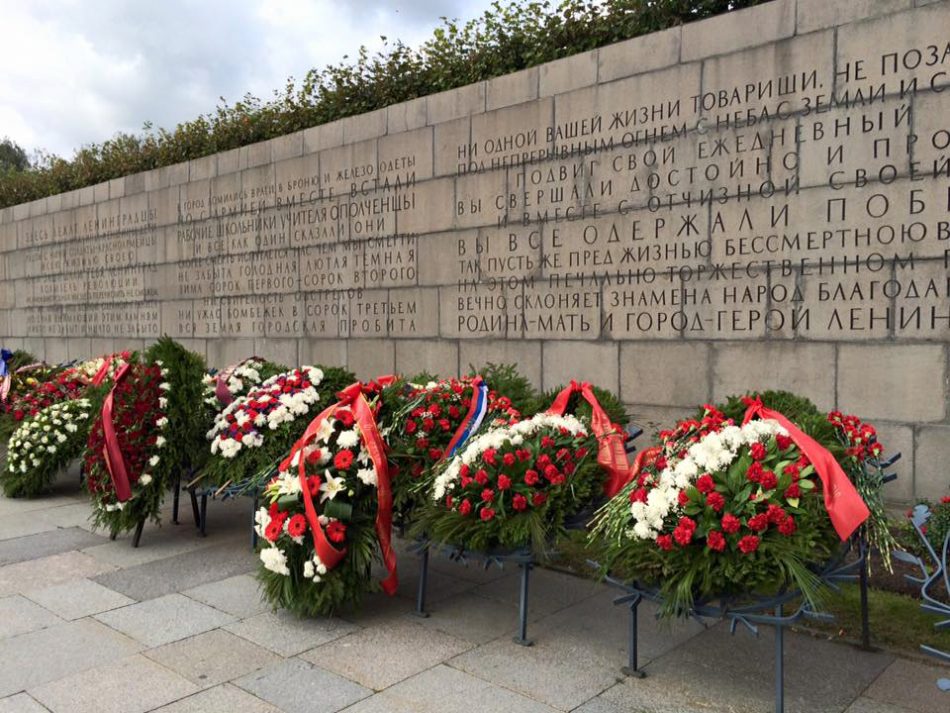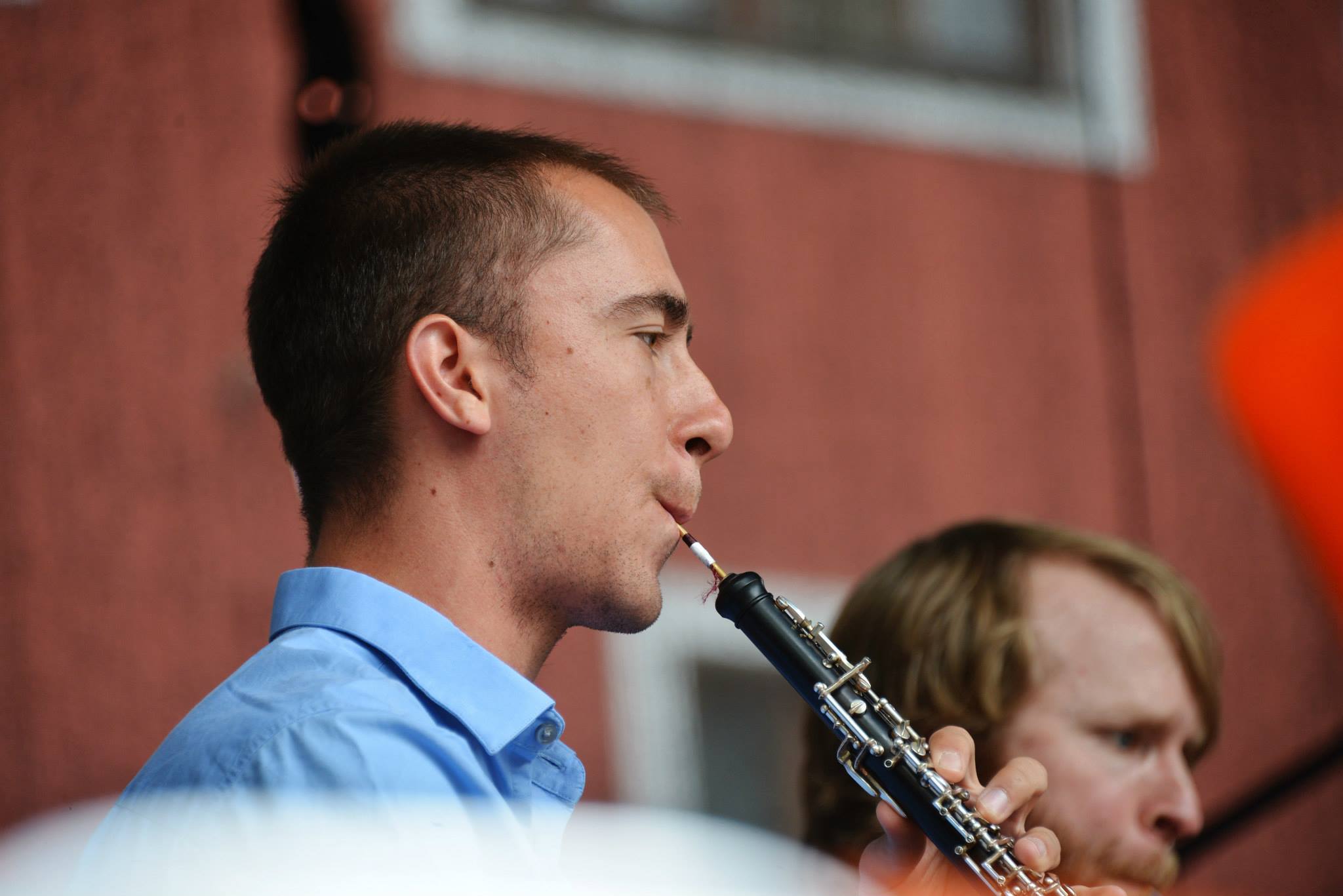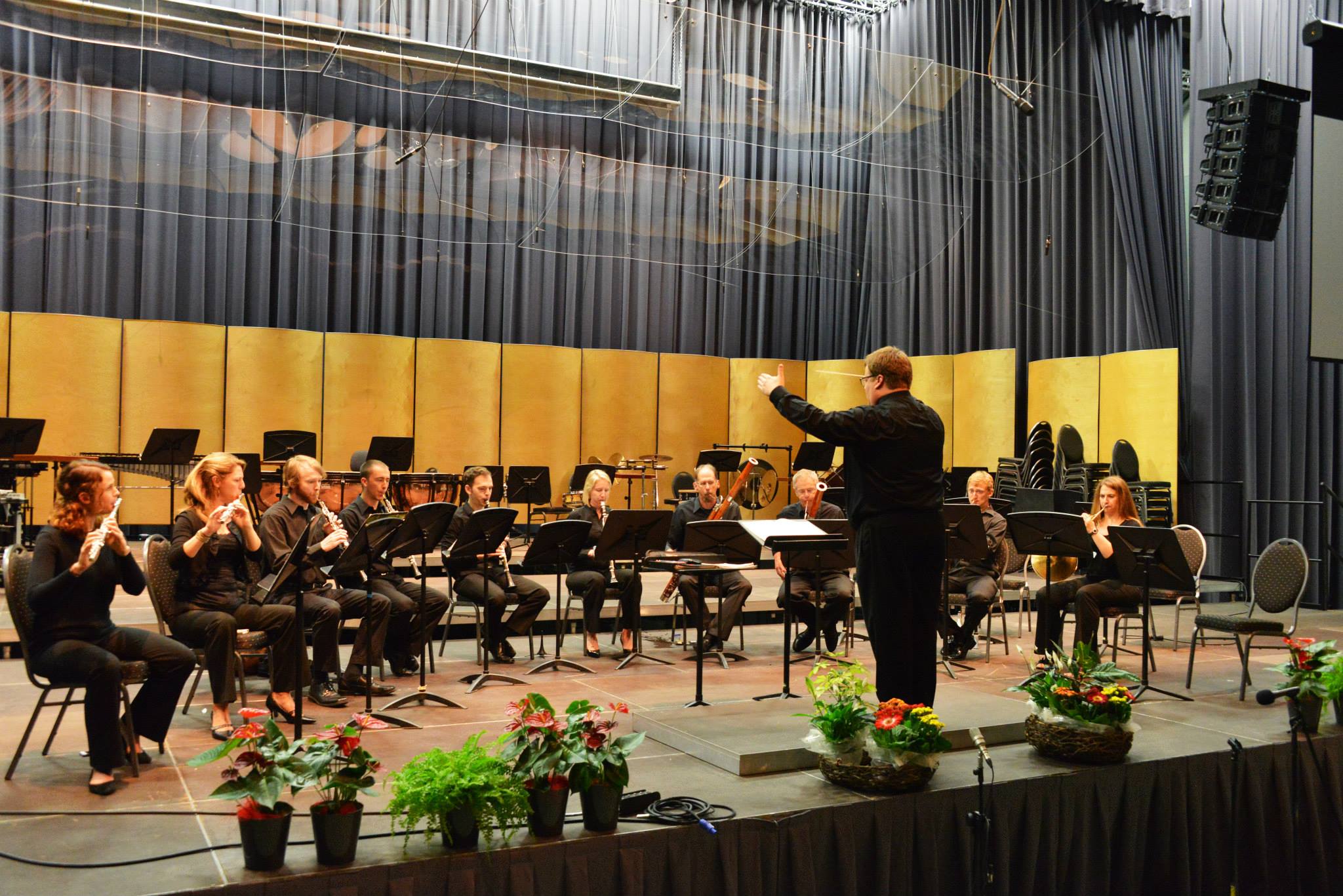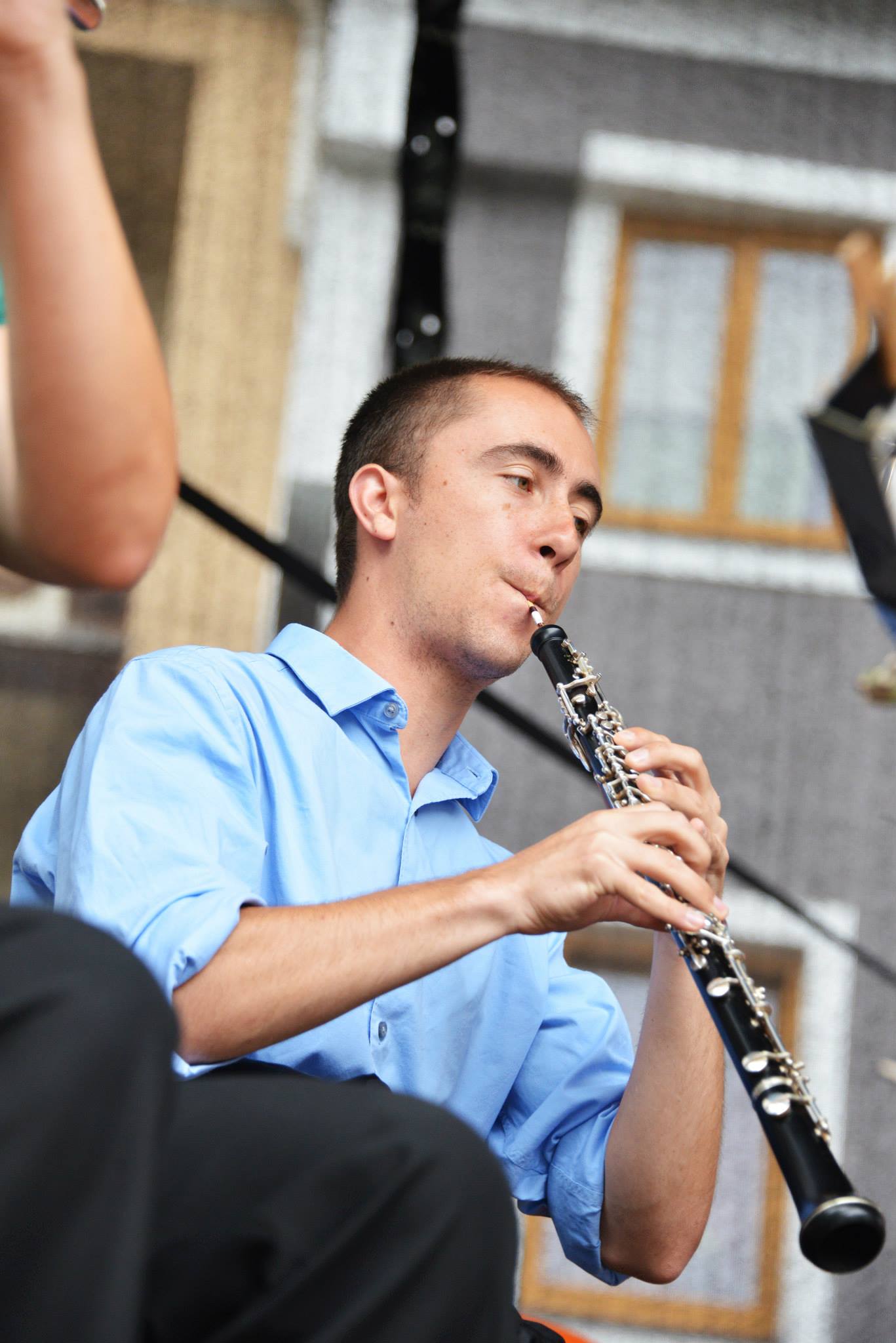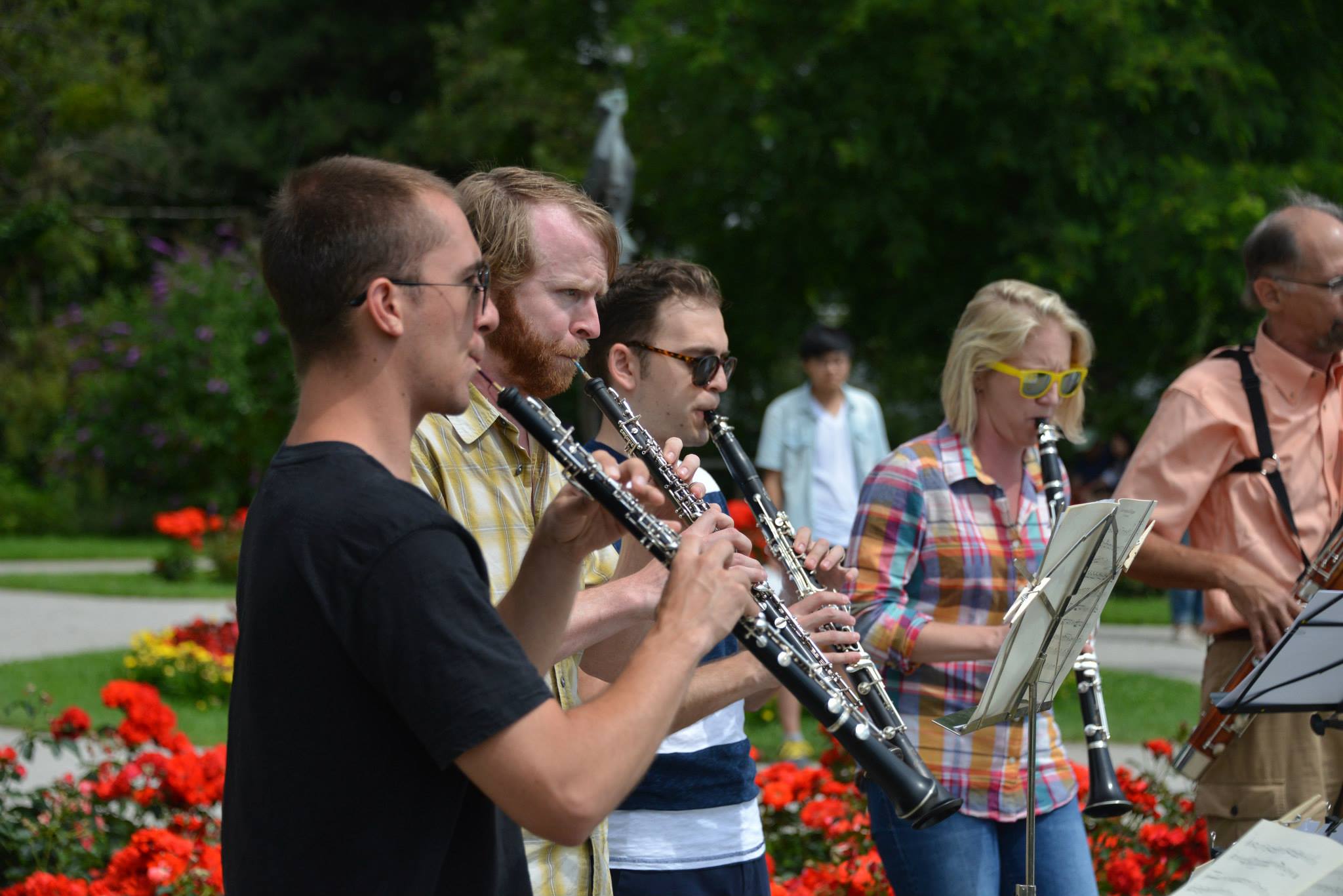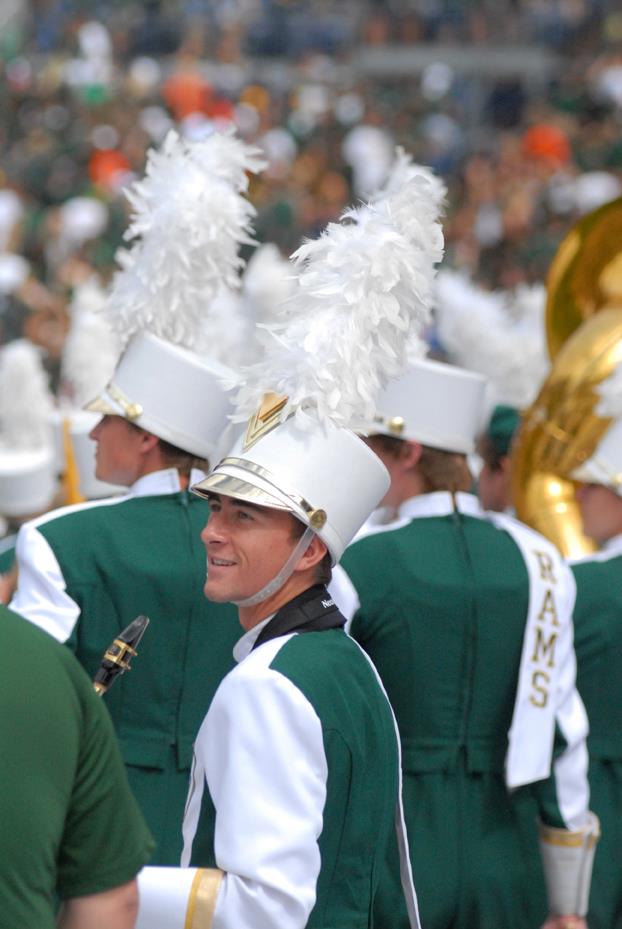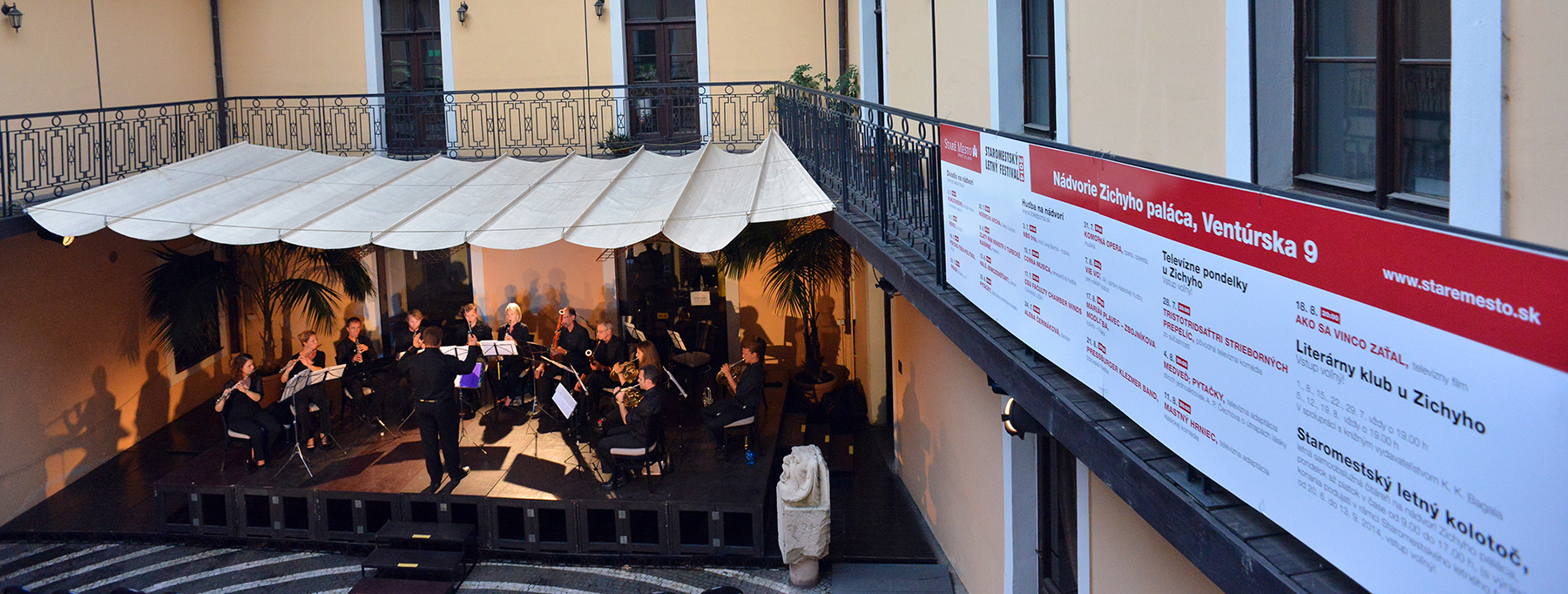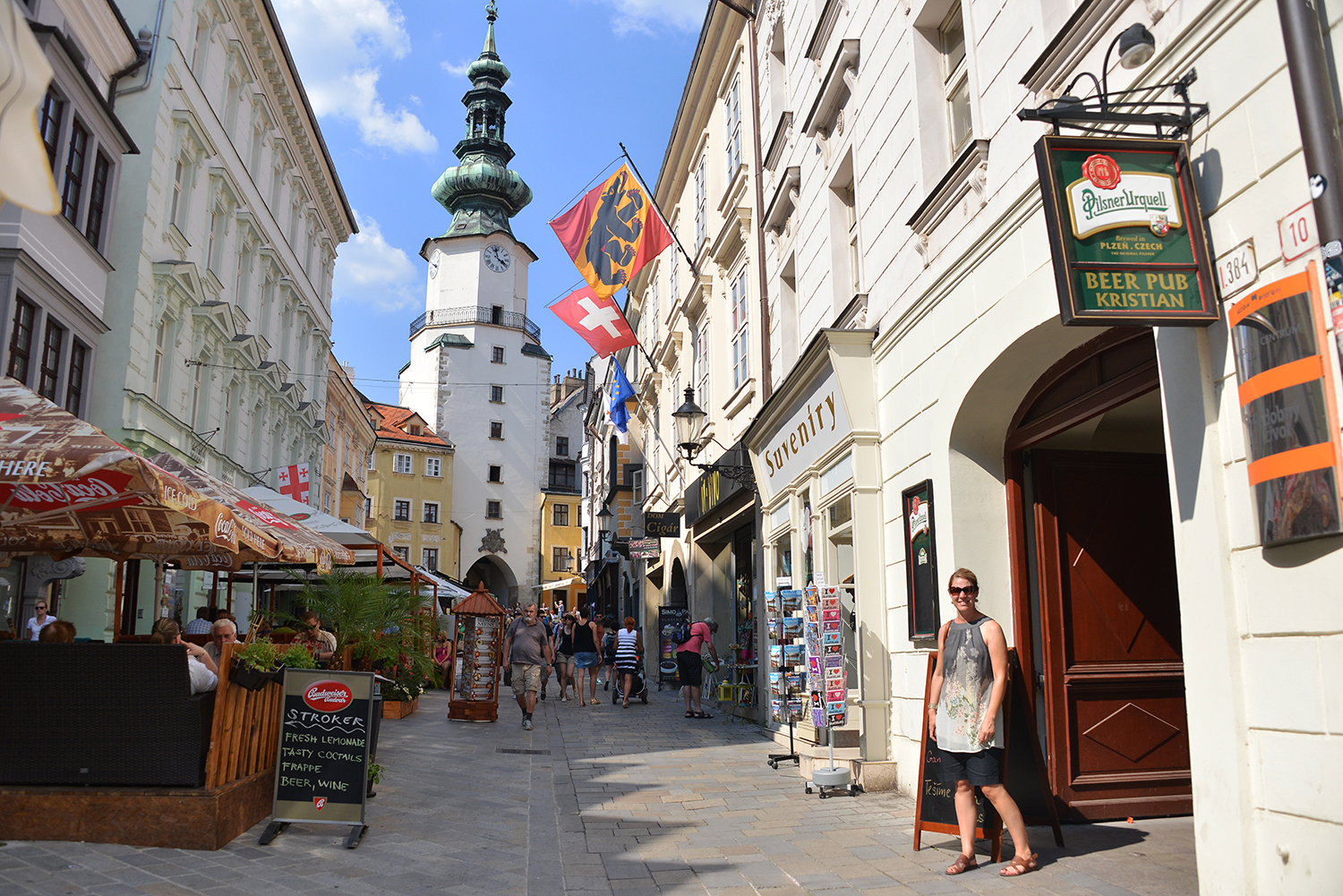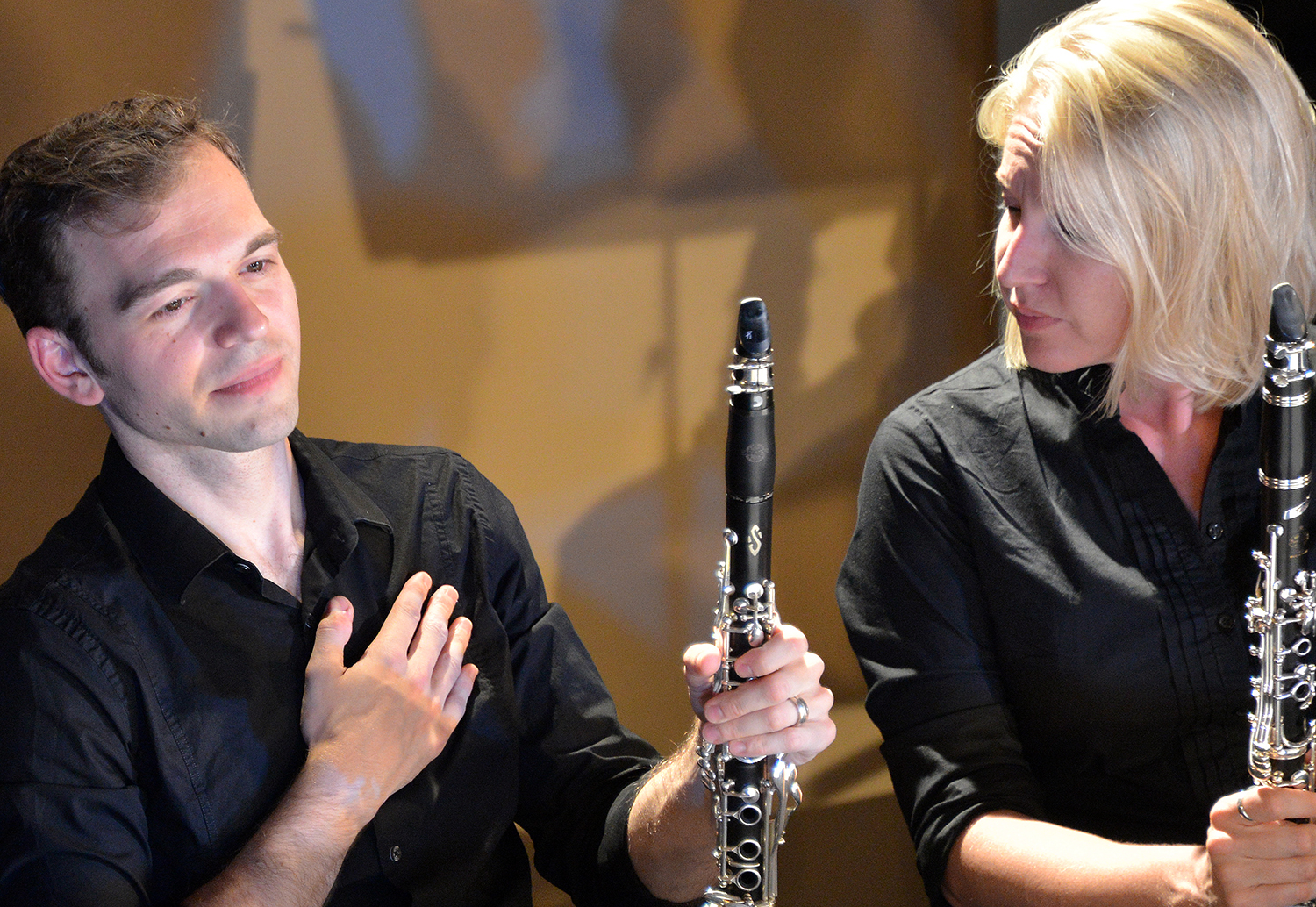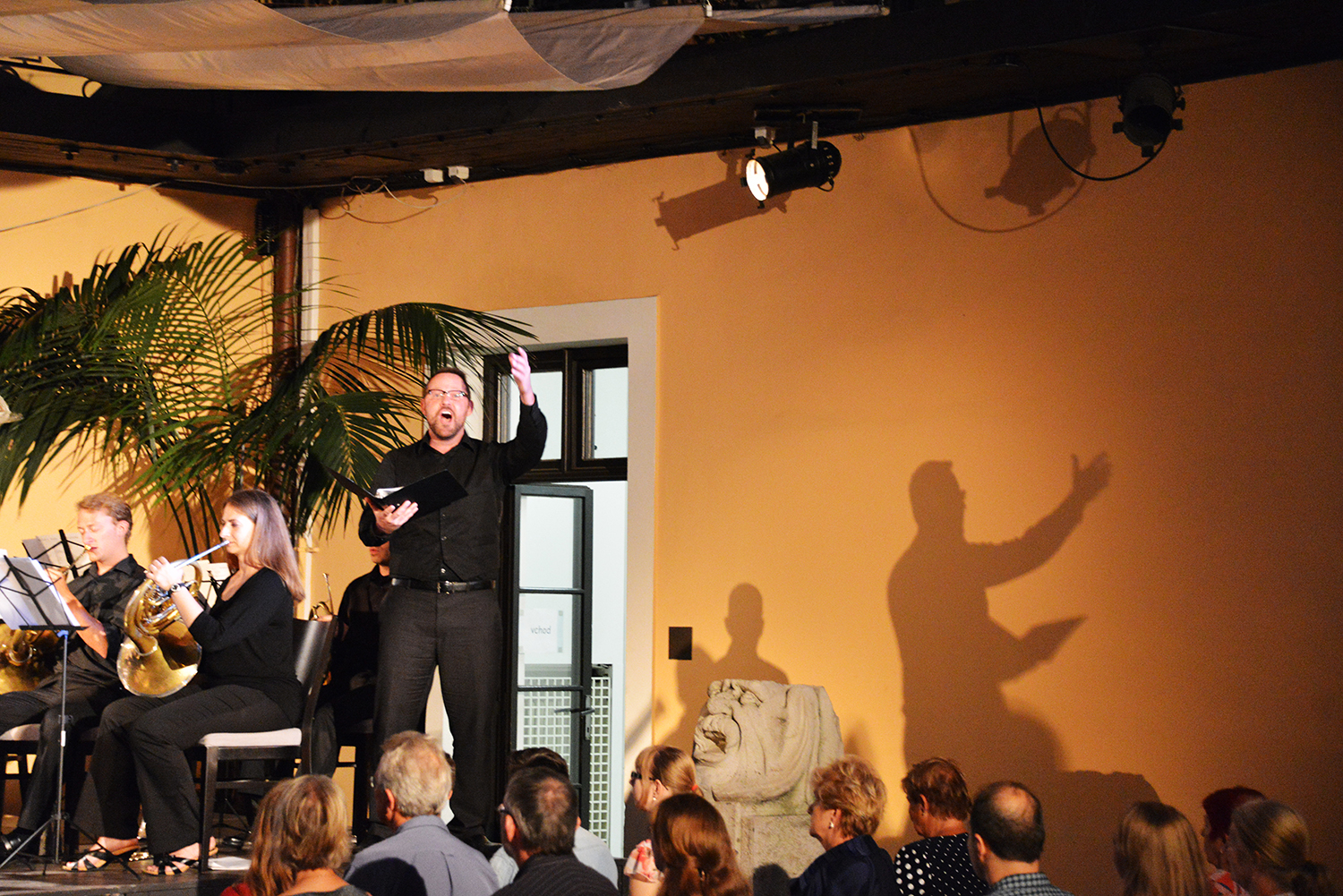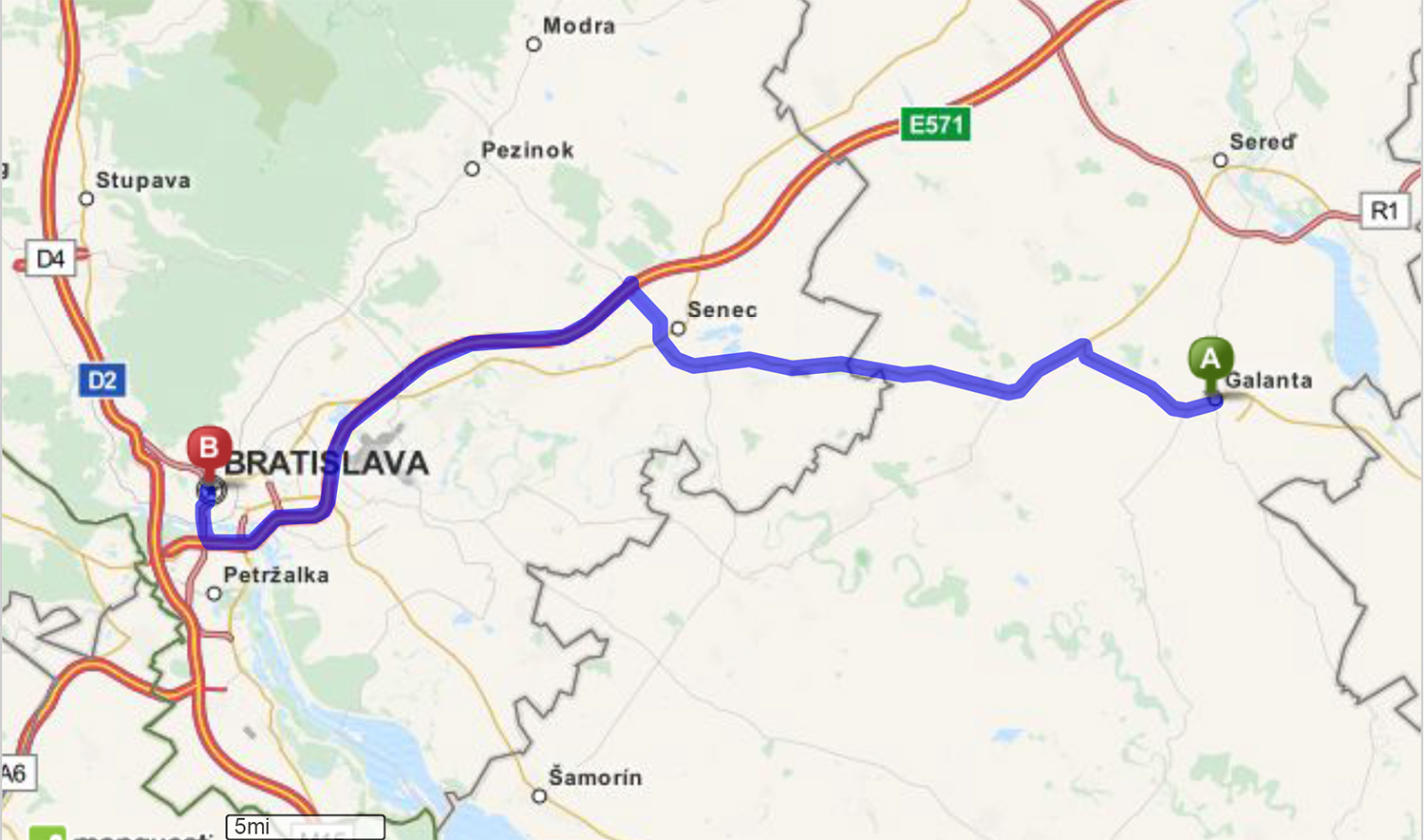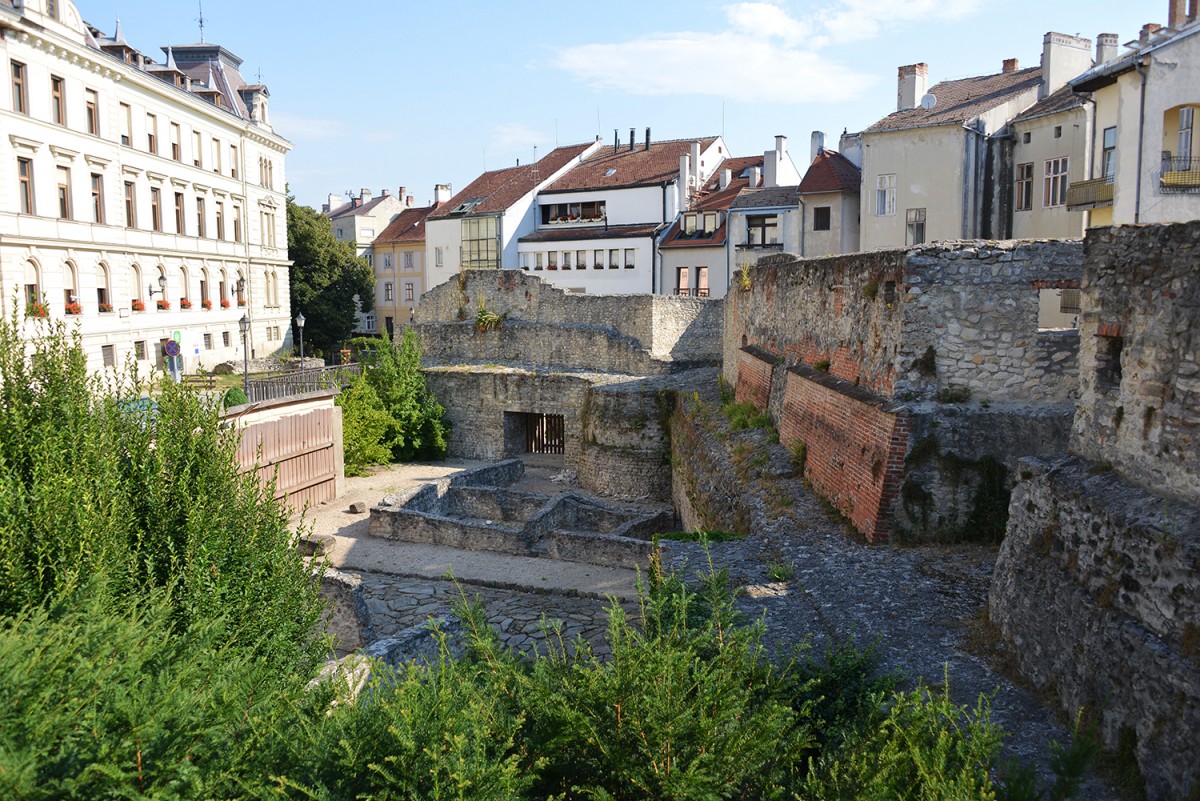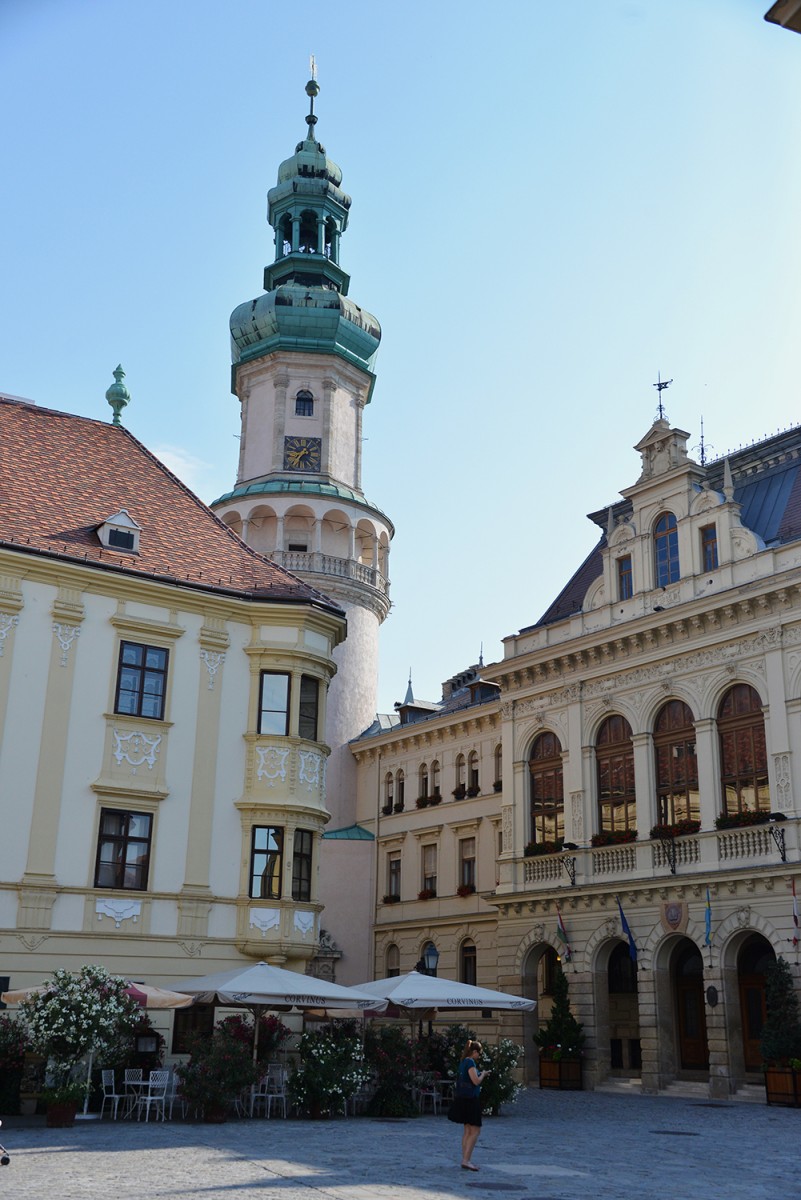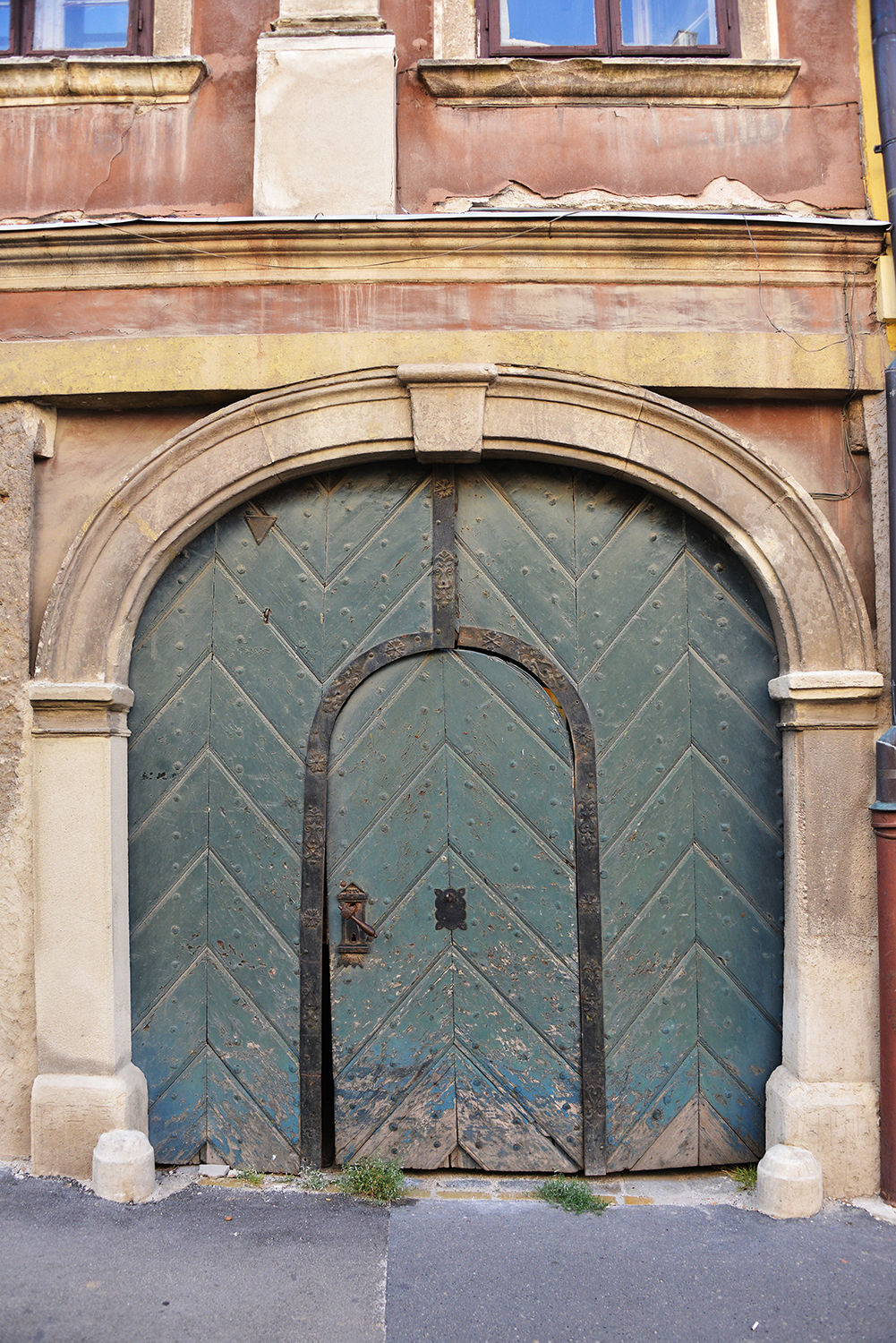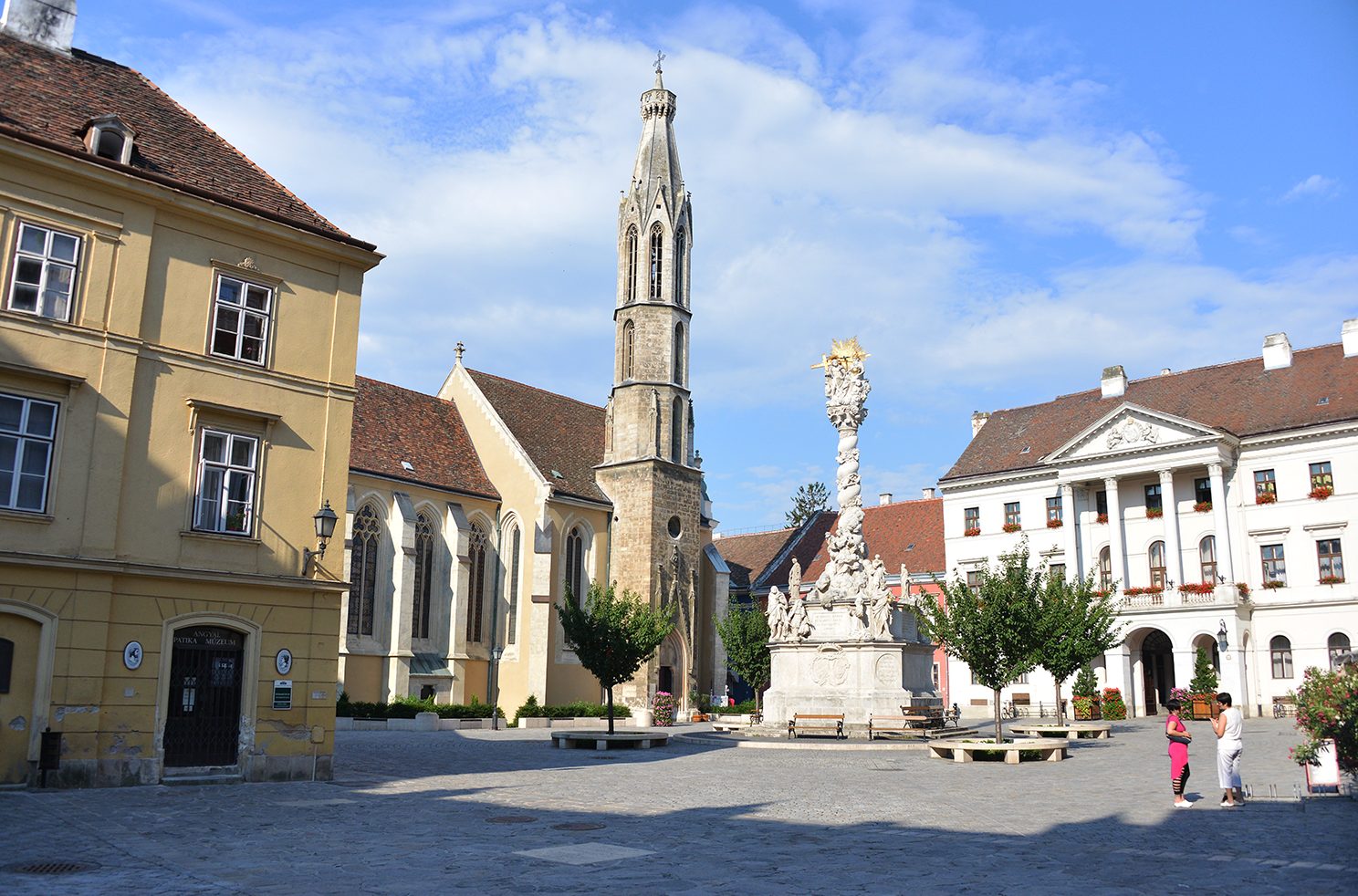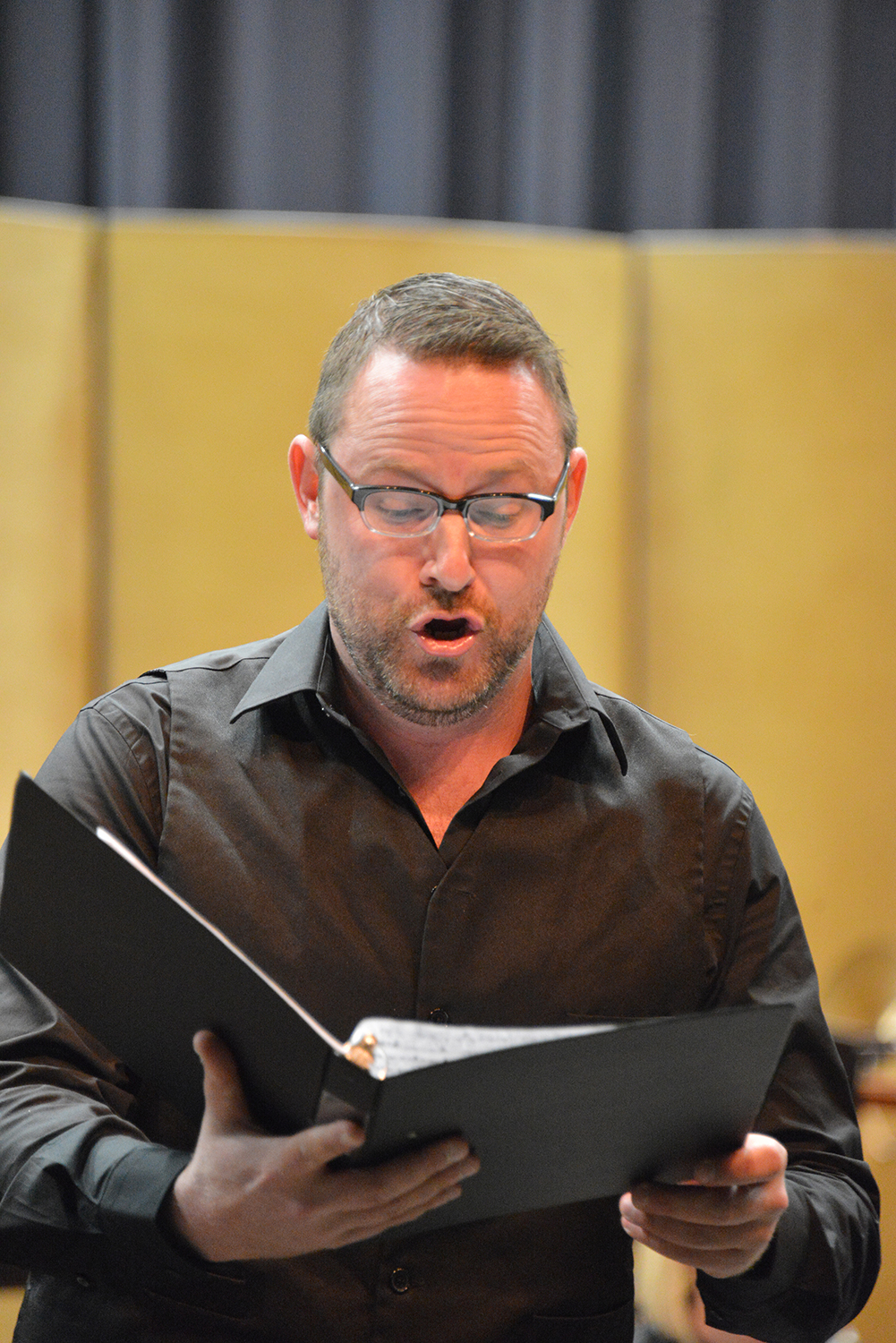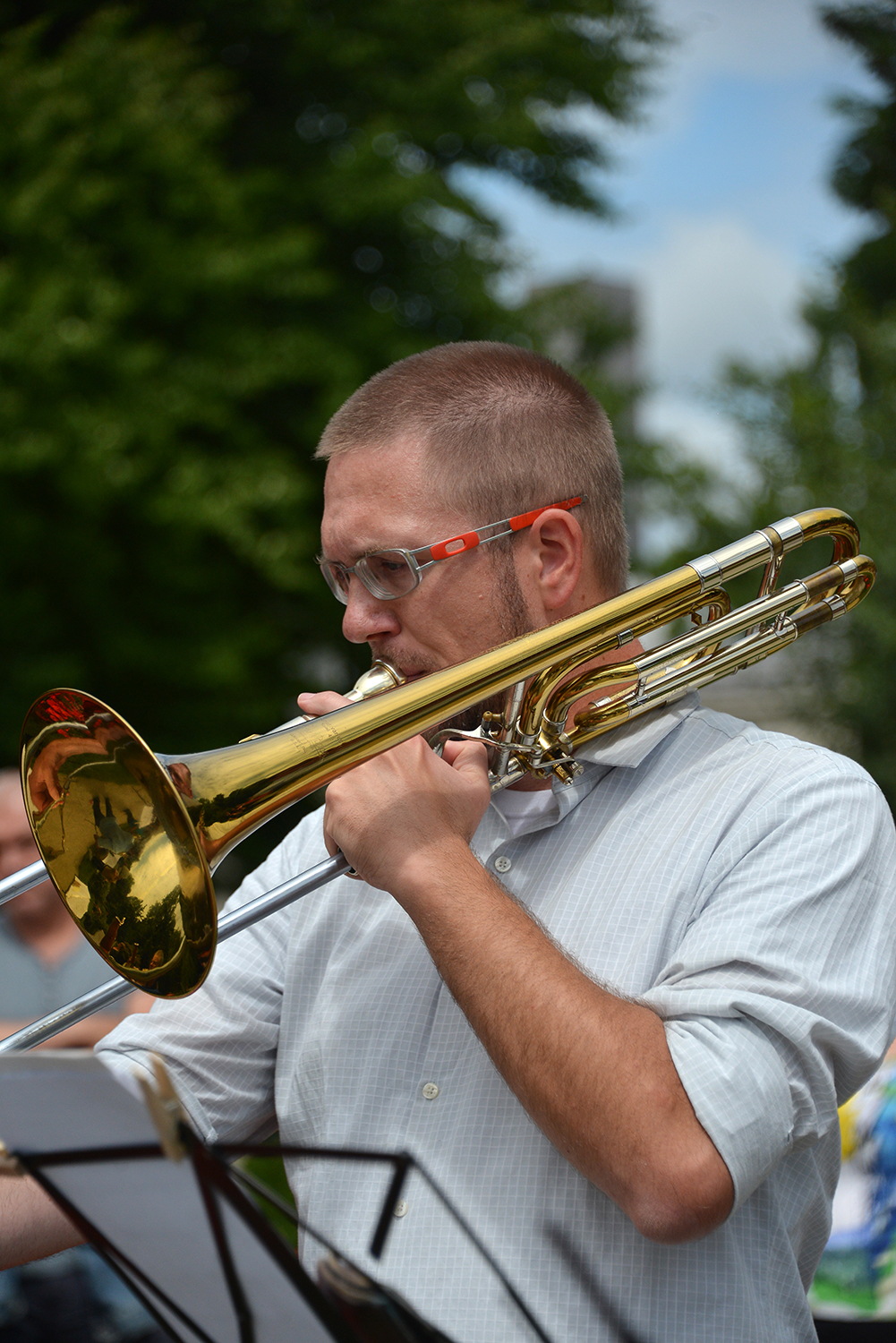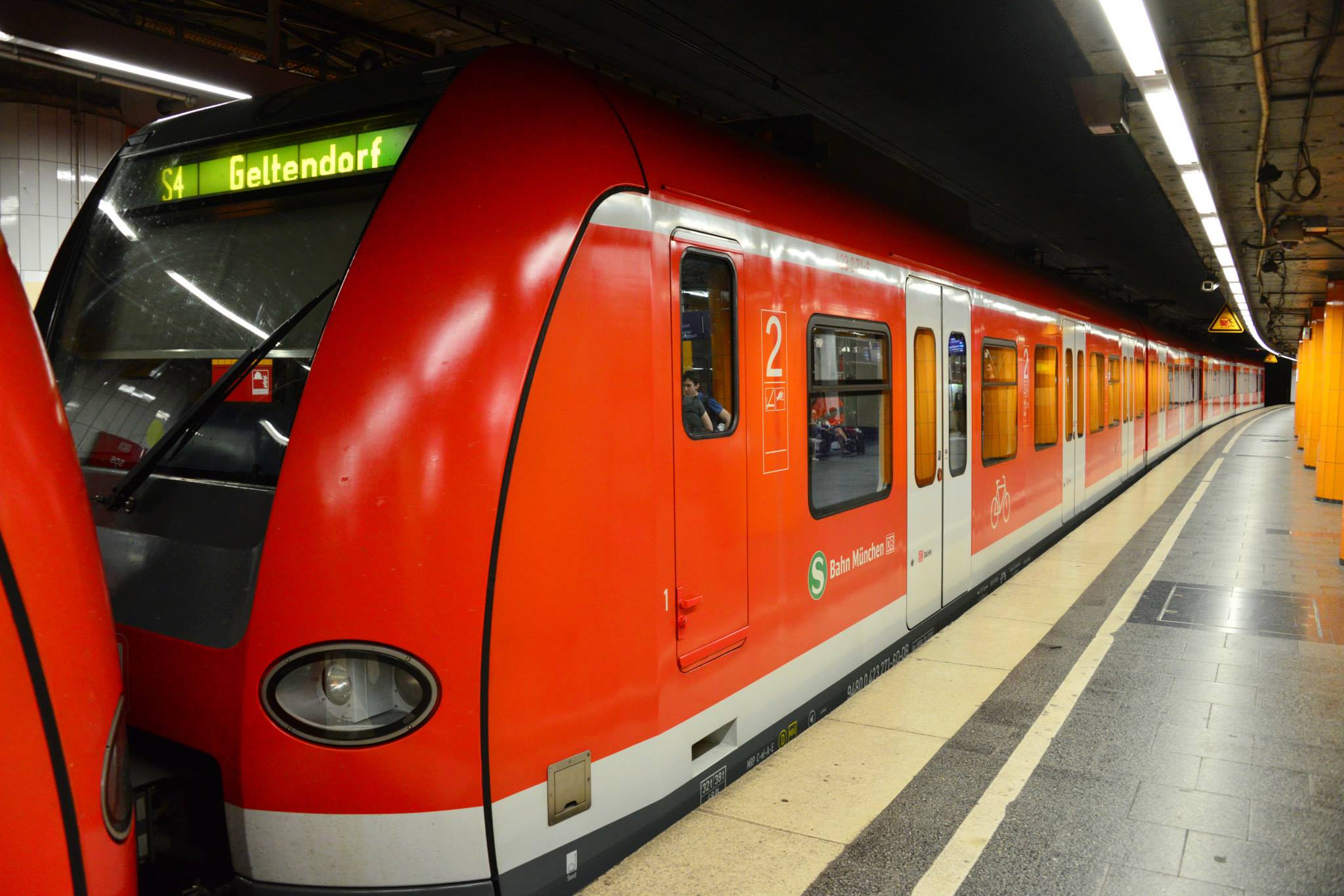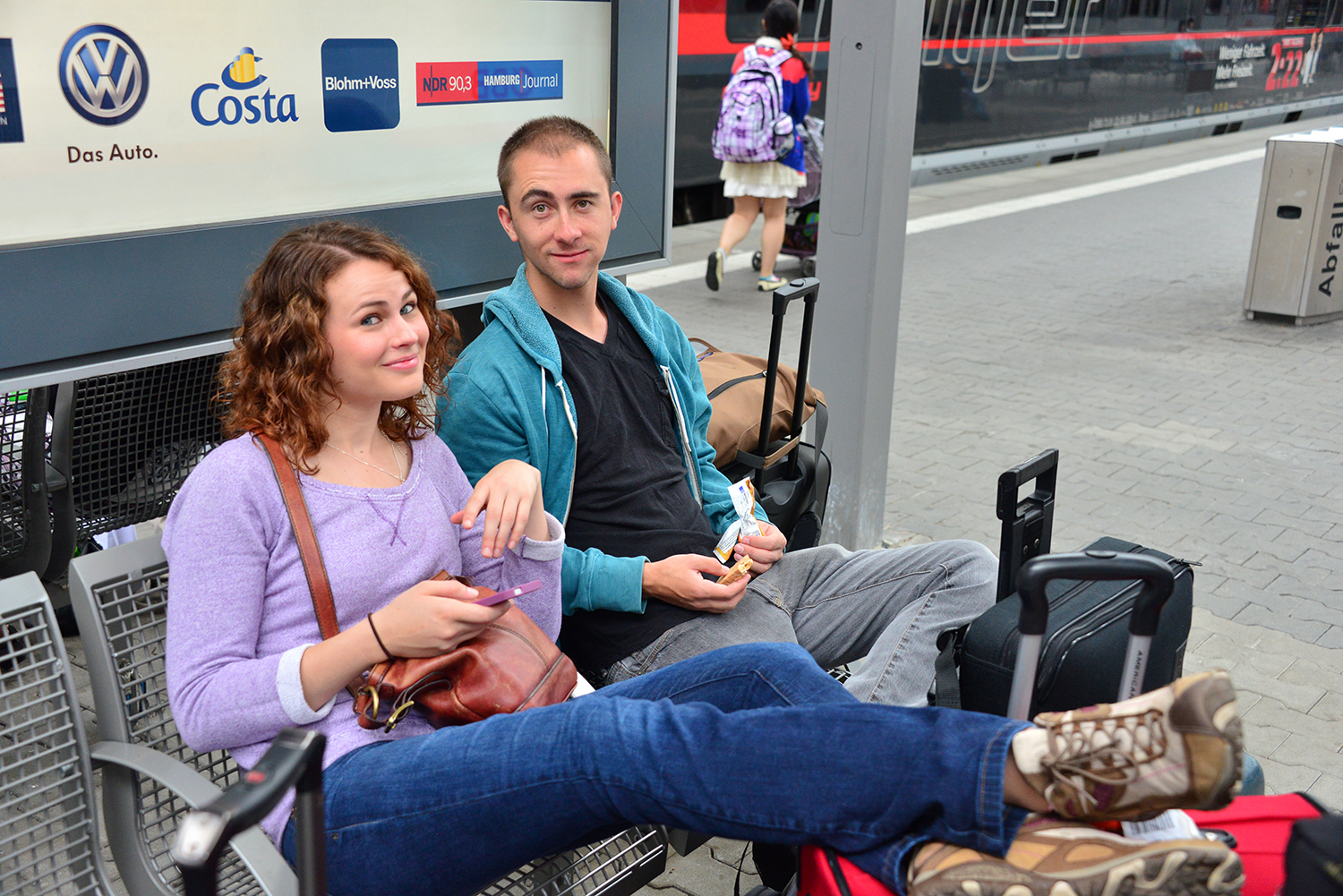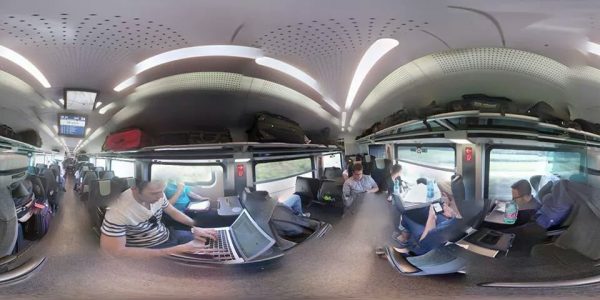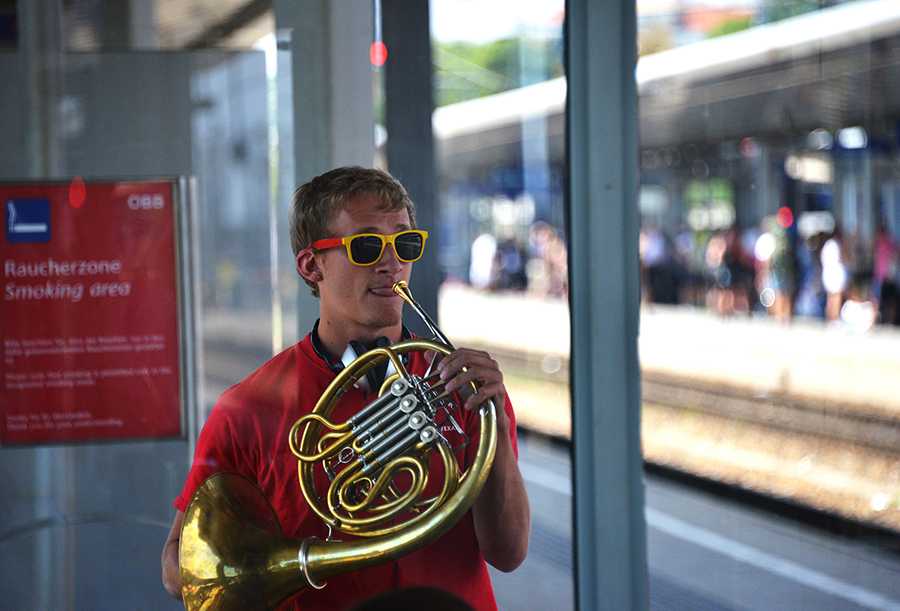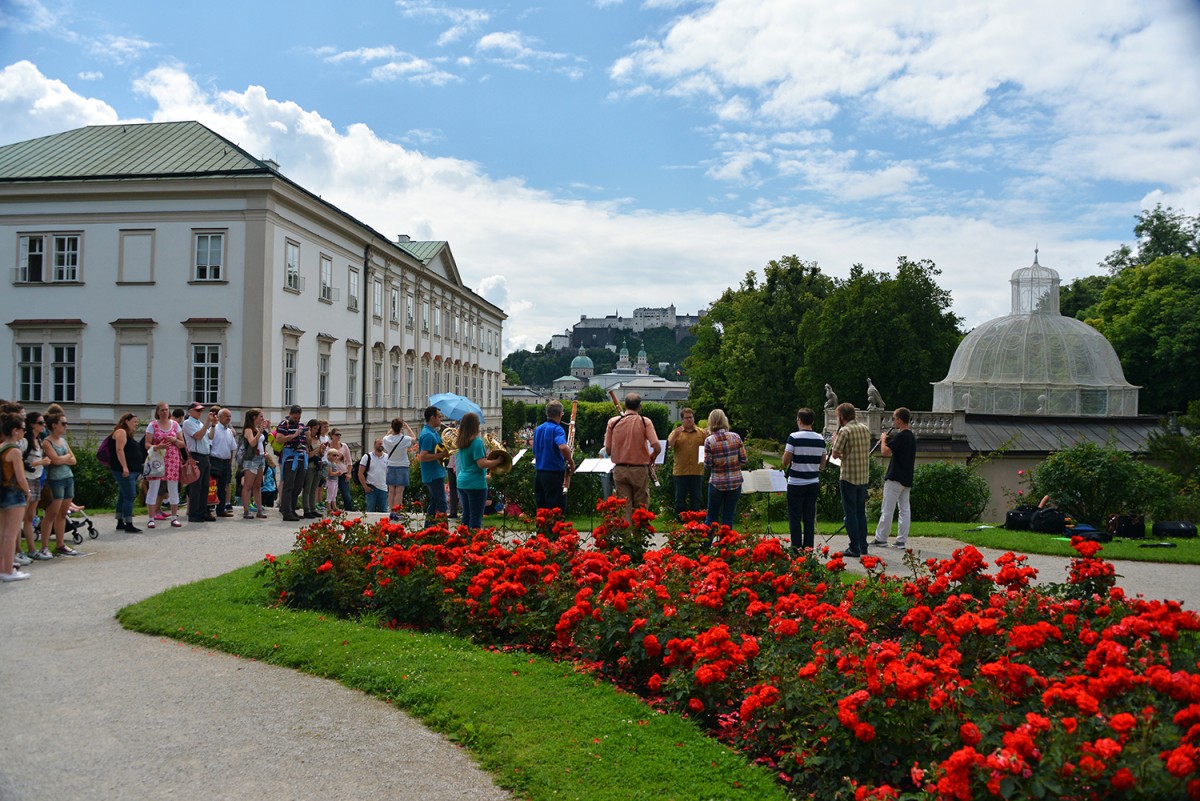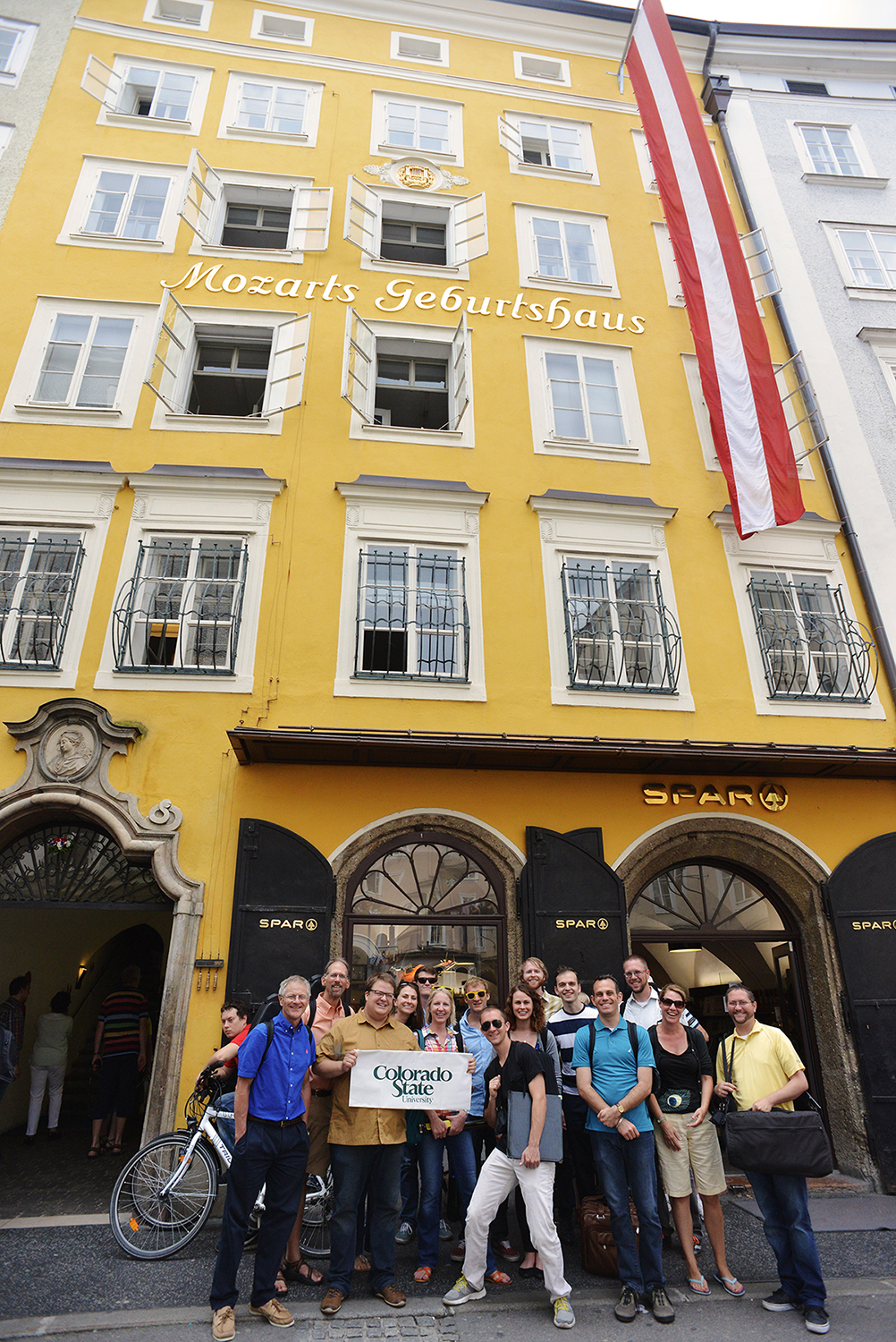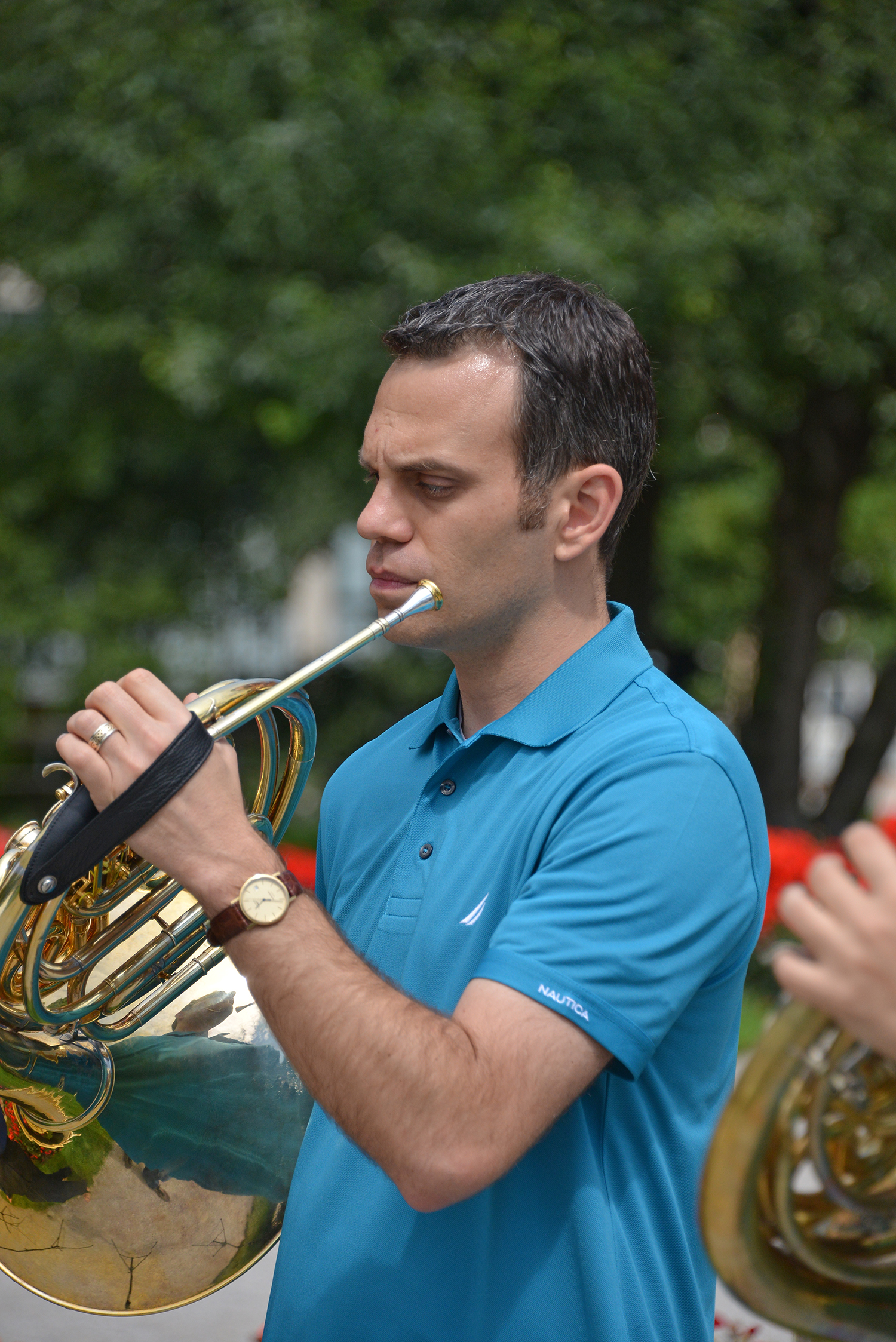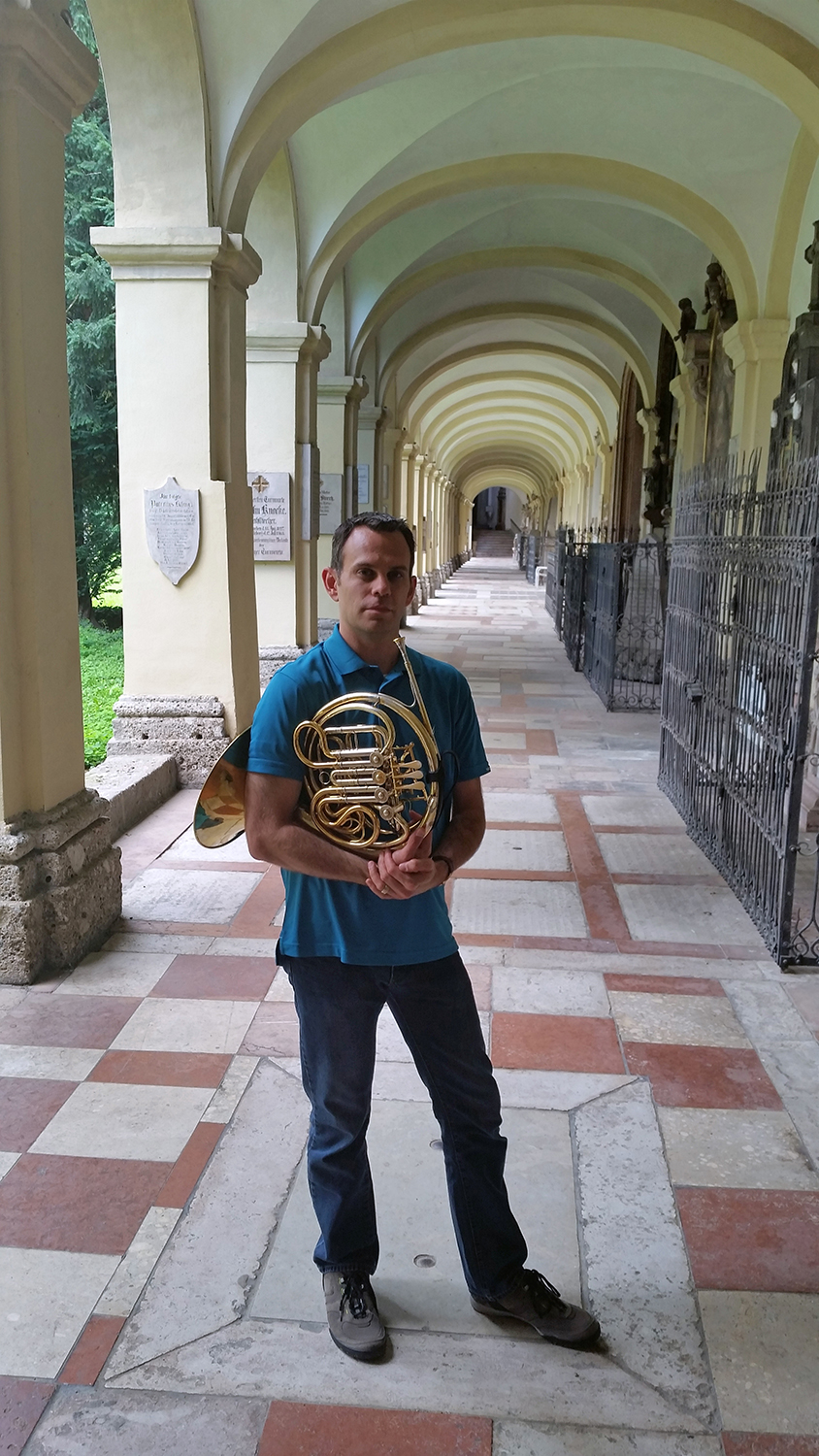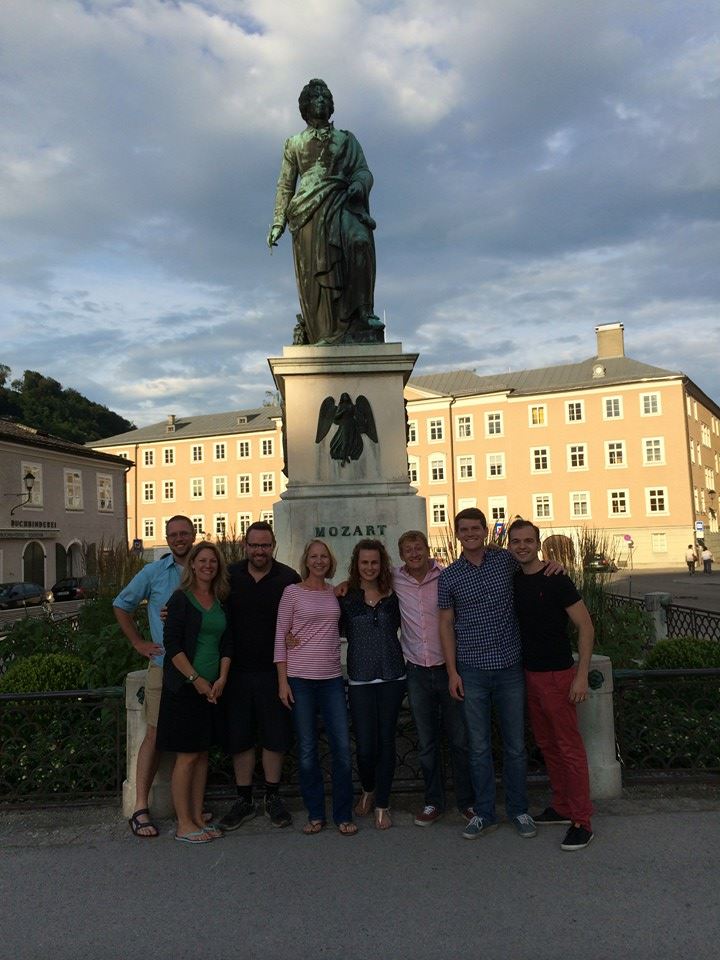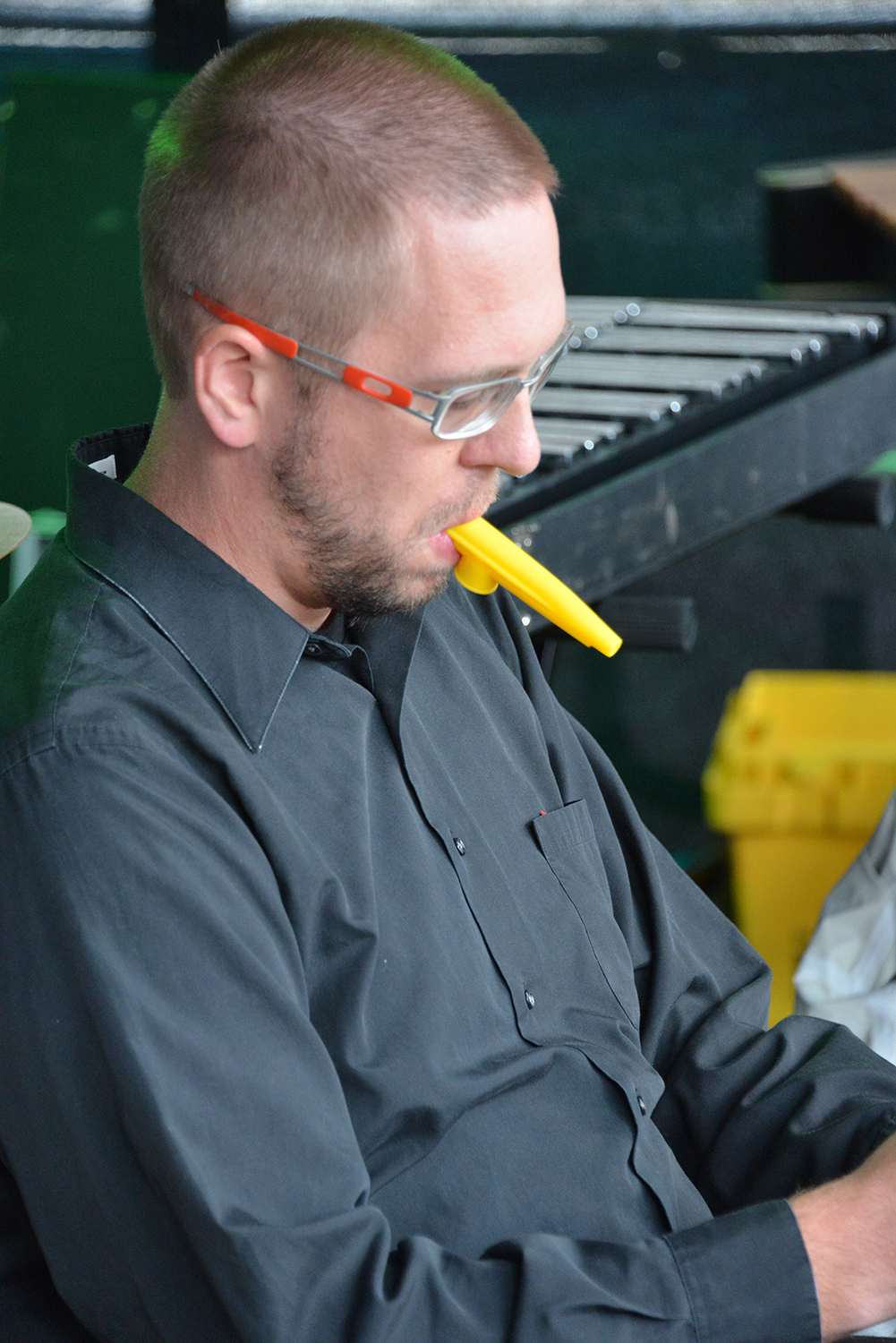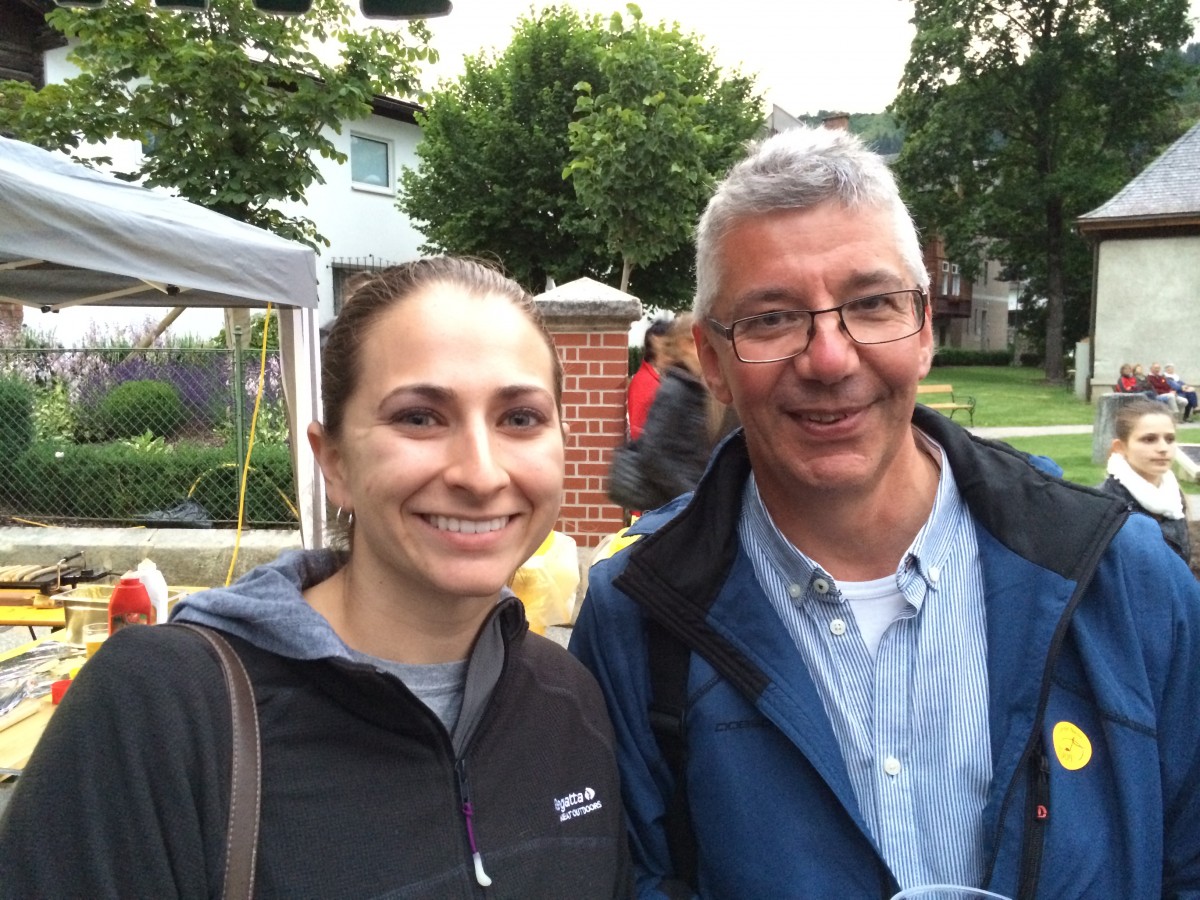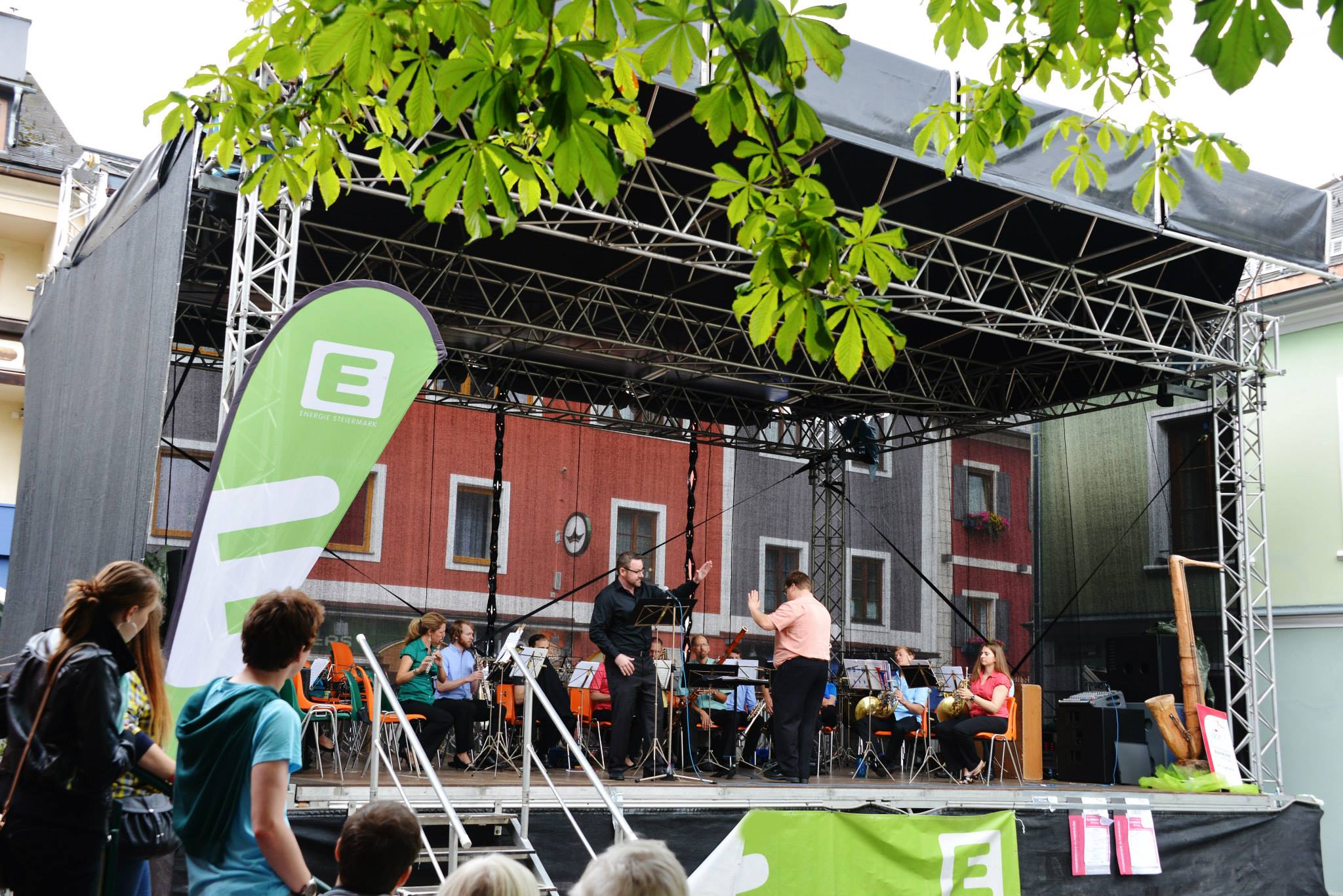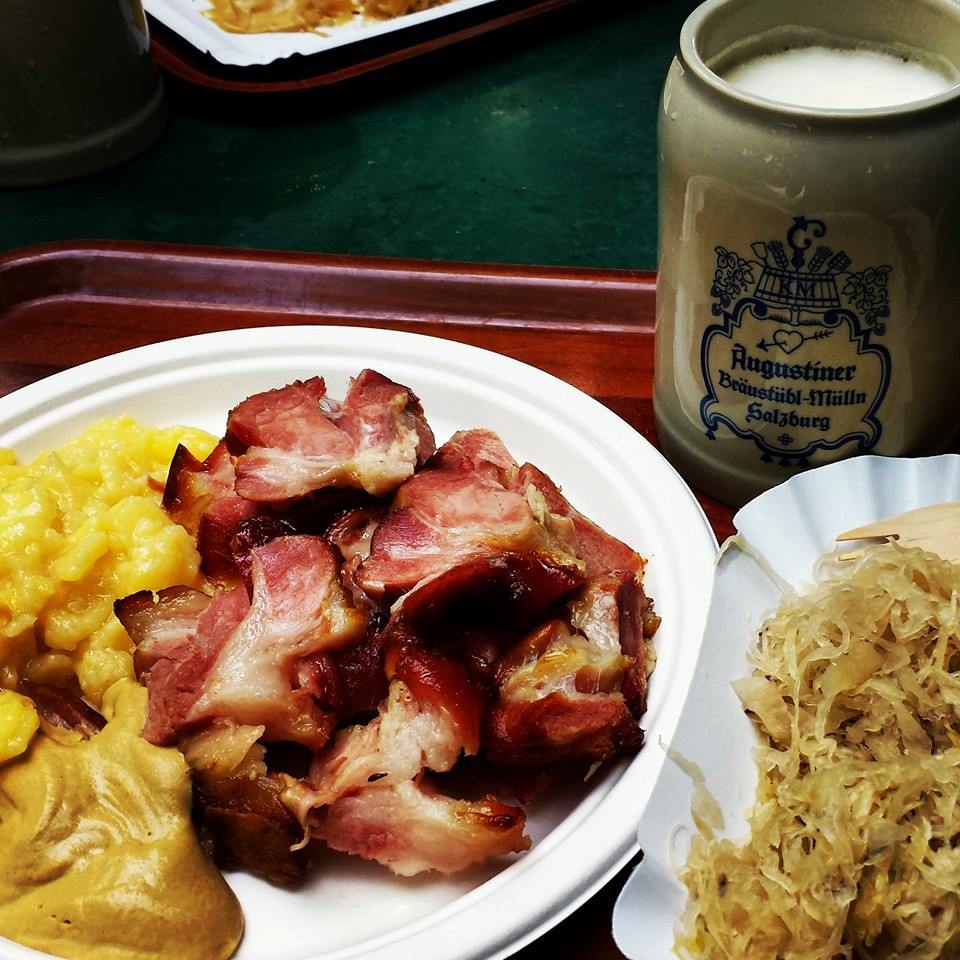
Pork knuckle, potato salad, sauerkraut, and mustard meal at the Augustiner, Salzburg.
We all travel for the food, right! Socially, economically, creatively, food is at the heart of any culture, and the group has completely embraced the experience.
‘Breakfast is the most important meal of the day’ is a true adage here, and with all the walking, due diligence is required. There is a consistent breakfast buffet menu across Europe of bread, yogurt, sliced meet and cheese, boiled eggs, pots of apricot, blackberry, and strawberry jam, Nutella, an oatmeal bar with figs, prunes, and dried apricots, and most different for Americans, fresh veggies: peppers, tomatoes, olives, and cucumbers.
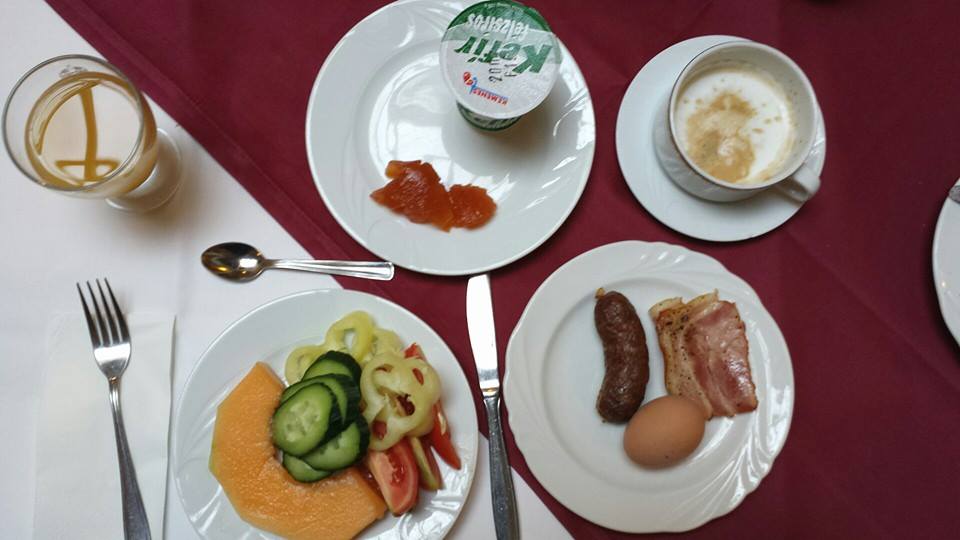
Our bed and breakfast style accommodations in Schladming, Austria were certainly the most special, with our gracious inn-keeper bringing soft-boiled eggs and pots of strong coffee directly to our tables.
Lunch has usually been taken at markets, from street vendors, or by popping into the grocery store. Dinners, usually eaten late, and by careful selection, are a time to sit as a group and reflect on our performances and adventures.
While on the train to Bratislava this morning, the travel reflection was on food.
Richard Frey – I like that things are less salty and less sweet here. I’ve eaten enough unknown, sliced, ground, knuckled, and hooved pig for a while. None of us realized how many different “snausages” there actually are!
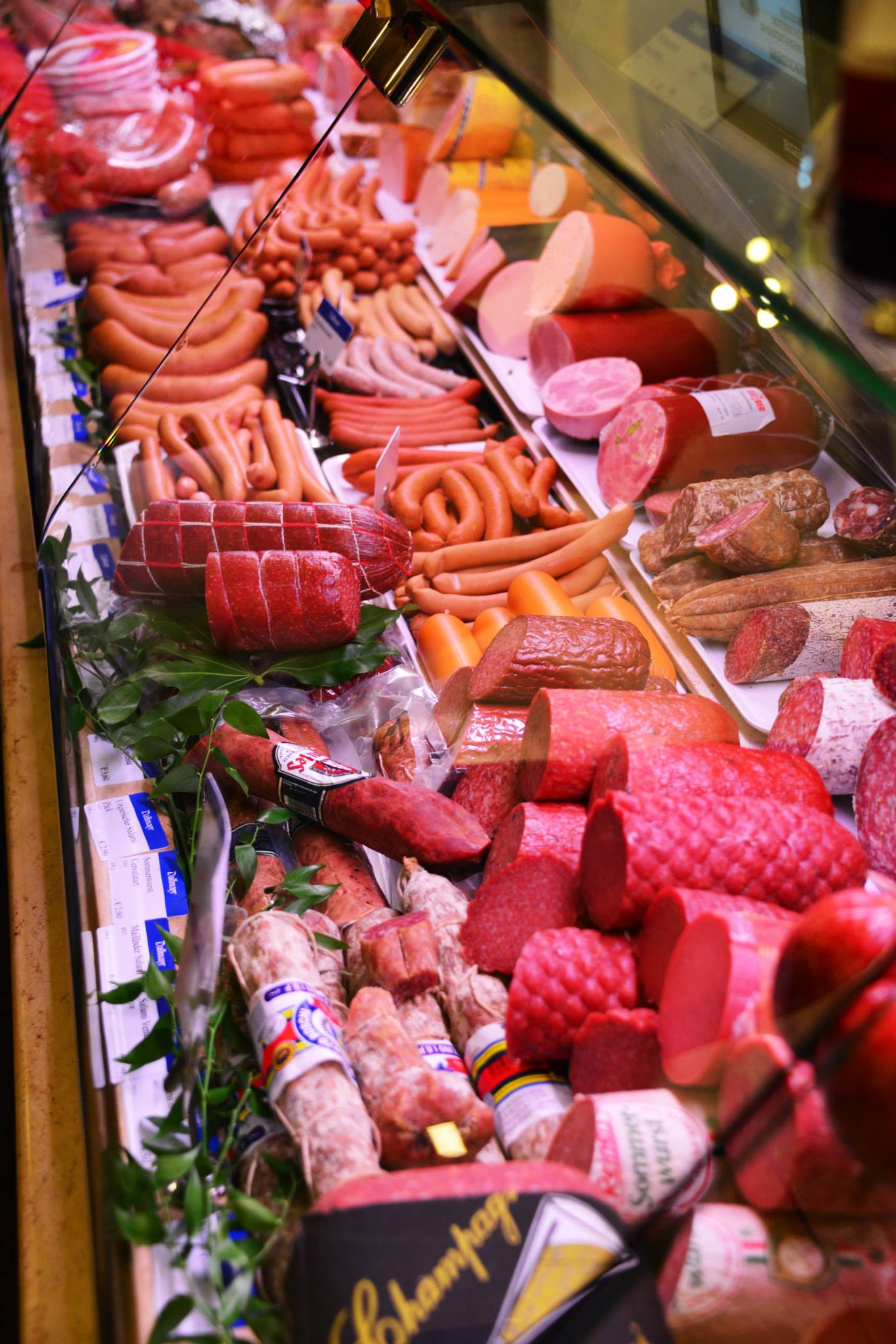
Sausage counter at Dallmayr Delicatessen, Munich, Germany.
Michelle Stanley – I’d give anything for a huge kale salad, and Richard said he’d give me his too. Although I’m tired of pork product, I have enjoyed trying all the new bratwurst. I’m also happy that the beer is not hoppy. One of my favorite things was the breakfast in Schladming with the special grinder for steel-cut oats. It was a total novelty, and I really want one for my home.
John Seesholtz – I loved the street food…all the sausages and cheeses, and the diversity within the genres, especially the offerings in the farmers market. There were the red currant berries that we don’t have in white, bright and dark red. I’ve enjoyed trying something so regional and seasonal.
Andrew Jacobson – I really enjoy the drinkability of the beer and since water is so expensive, it is a great replacement because of the high quality and low alcohol content. I could continue eating like this forever, so it is probably good that we are leaving in a few days. All of the walking helps counterbalance the increased intake of ice cream and helps digest the extra carbs from the bread and potatoes.

Chris Van Hof doesn’t want to eat here – Bratislava, Slovakia.
Chris Van Hof (vegan) – I haven’t eaten a lot of the local food, which is all meat and cream, and doesn’t look appetizing or appealing. What I’ve noticed is that when I find a place where I can get a big, full, hot meal, it feels more special than at home. I’ve had a lot of fruit and brought cliff bars from home, so I’ve managed. What I’ve found humorous is that in restaurants, fish is the standard vegetarian option.
Wesley Ferreira – I’ve had great food and the best was from the street vendor in Schladming during the Lange Nacht – the long roll with two wieners, mustard, and onions – it was the most authentic meal. I’m a bread connoiseur, and it was warm and soft inside and perfectly flaky outside. It was the best! I also enjoyed the breakfast in Schladming with the soft boiled egg; the service was so civilized with the egg cup and the little spoon. I always felt like the inn-keeper was thinking “you are a good man for eating this egg!” It became a thing between us each morning, and for me, a take-away.
Copper Ferreira – If the “way to a man’s heart is through his stomach” then in Hungary I would never have found a husband, and would be single forever! But the rest has been good. I have used so many fine dishes, and there are more sizes of spoons than I’ve ever seen: Cappuccino spoons, egg spoons, yogurt spoons, slotted spoons – such a huge array of utensils. It’s like using my grandmother’s china every day!

A good place to stop.
Gary Moody – Beer, bread, brats, and too much of it. I’ve enjoyed the adventure where you have no idea what you’re getting – some regrettable and some absolutely delightful! It’s sad when you find something you like and then have to leave it. Restaurants might be touristy, so I like going to the grocery store and seeing what the locals buy, and their habits, and pick from their unidentifiable items. I usually ate at groceries for lunch, or found an inviting place while riding my bike.
Steve Marx – I was a good chance to explore the delicacies. There are many different bratwurst from German, to Austrian, to Hungarian, comparable to regional BBQ in U.S. They do fat, protein, and salt very well! Sometimes you don’t know what you’re eating – that is a positive thing – so don’t bring any expectations because that is detrimental to the experience. I love the open-air markets, especially all the cheeses, but the first place I’m going is when I get back is 5 Guys!
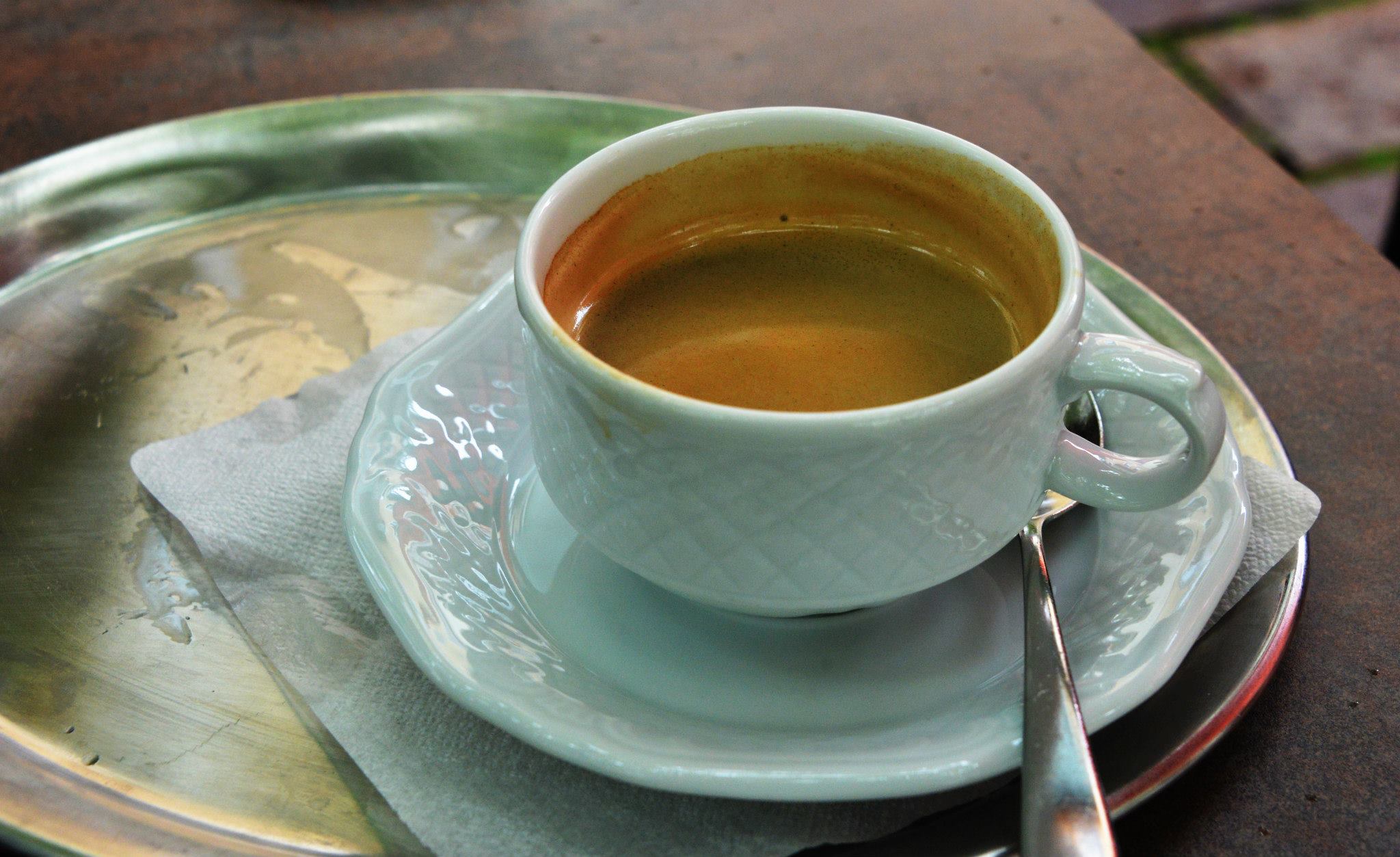
Jenn Clary Jacobs – Since veggies are my favorite food, I get my fill at breakfast because they become scarce the rest of the day. I’m also a gluten free girl, so with the emphasis on baked goods, from pretzels to pastry, amazing smelling thin-crust pizza, and breaded items such as Schnitzel, this trip has been a challenge. I quickly gave up asking for gluten free because the reference was lost on everyone! So far, my favorite meals were the roasted liver and potatoes in Schladming, and the aged salami and salty aged Gouda from the outdoor market in Salzburg. And the coffee…
Tom Bittinger – I especially liked the availability of ice cream or gelato on every corner. I haven’t had a bad meal and liked all of it!
Selena Adams – I love all of it! My favorite thing is the prevalence of local bakeries, shops, cheese, and soup. Everything is super fresh, made by that family, that day, and affordable. I love that about Europe! I also love the coffee and the way drinking it is an afternoon event, like British teatime. My favorite thing was the Kasewurst – cheese sausage with the cheese melting out of it. So good!
Travis Howell – There is a variety of expense levels from something quick at a stand, like a brat, or very nice – as nice as you want – in every city. Overall, it’s been great. I also appreciate the lunch beer culture.
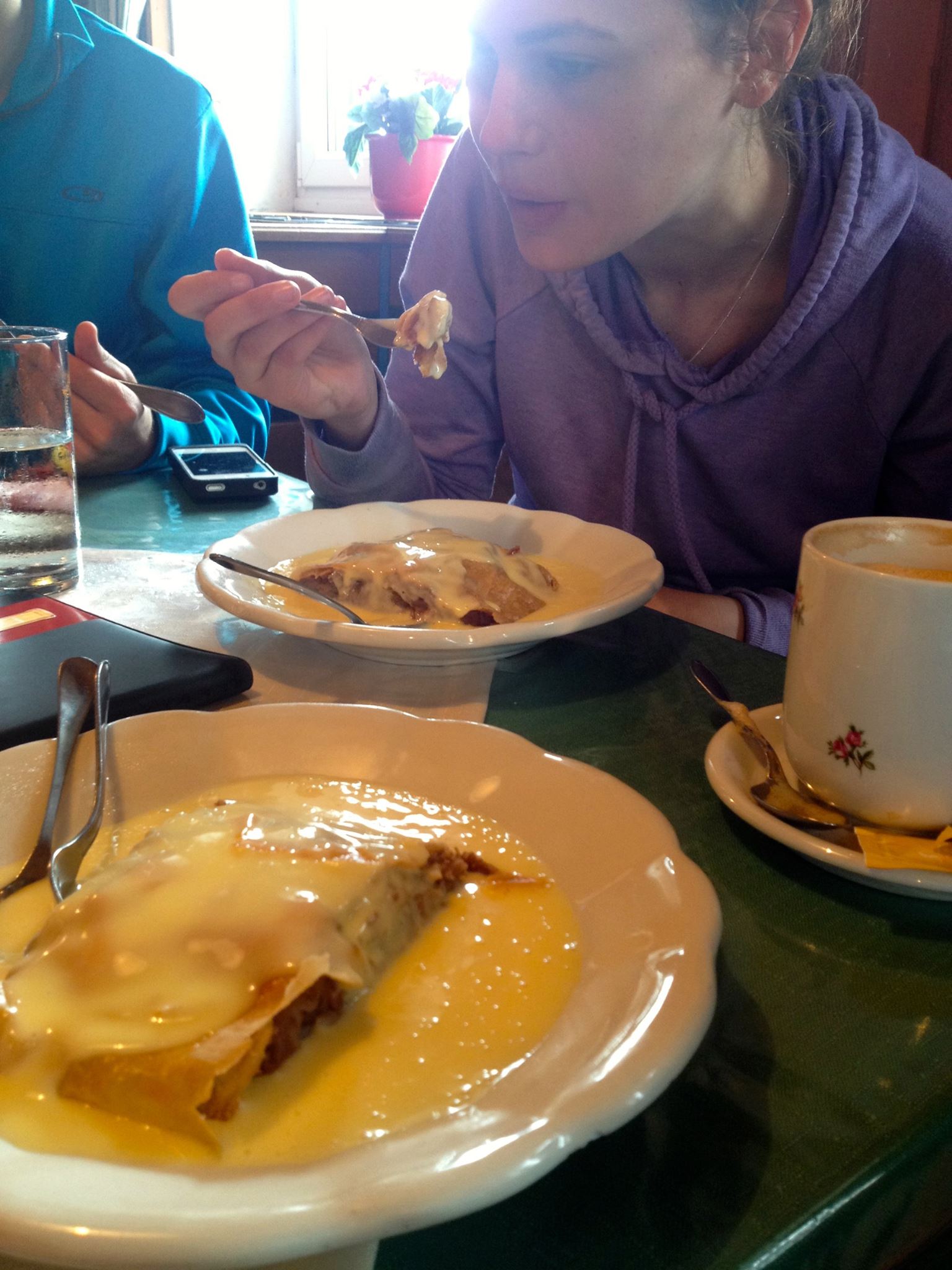
Sierra Hayden enjoys the apple strudel with vanilla sauce.
Robert Bonner – The food culture is a lot slower here. Everyone takes more time socially. Whereas Americans seem to eat and run, here they actually relax during meals. They also take their desserts seriously! I even had apple strudel, with vanilla sauce, at a stone restaurant on Dachstein glacier (accessible by foot). For all that, I can’t wait to have an IPA and a bacon cheeseburger!
Shane Werts – Portions are smaller, but heartier. I loved the red wine cake at the restaurant at the top of Planai Mountain, only accessible on the Gondola. There’s a lot of meat here, which makes me really want some crispy lettuce! The apricot and blackberry jam were amazing! I will miss the schnitzel.
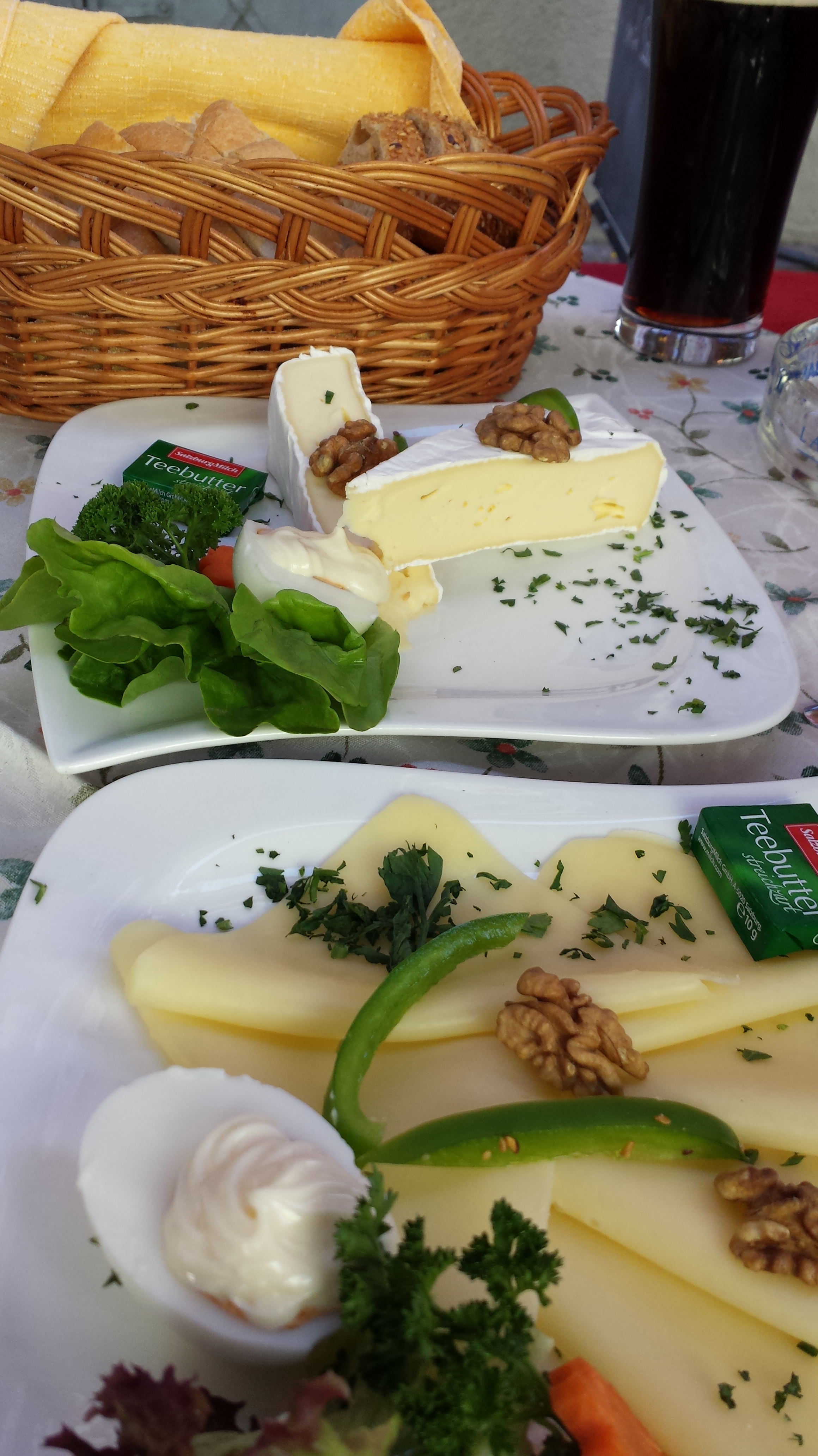
Sierra Hayden – The food is heartier than in Colorado, but I never felt tired – maybe it was all the walking. The fruit is riper and so delicious. The water situation is hard because it isn’t free with meals, and so much of the water you order is sparkling, not “still.” The unpasteurized cheese is so great, but I can’t wait to have a huge salad!
Eat up, all!


